Rooftop gardens transform underutilized urban spaces into thriving green sanctuaries that blend natural beauty with practical functionality. These elevated landscapes offer city dwellers a unique opportunity to connect with nature while maximizing limited outdoor space. From minimalist zen retreats to productive vegetable gardens, rooftop designs can accommodate diverse lifestyles and aesthetic preferences. Modern rooftop gardens incorporate sustainable features like rainwater collection, solar lighting, and drought-resistant plants to create environmentally responsible spaces. Each design approach considers crucial factors including structural load capacity, wind exposure, drainage systems, and plant selection to ensure long-term success and visual appeal.
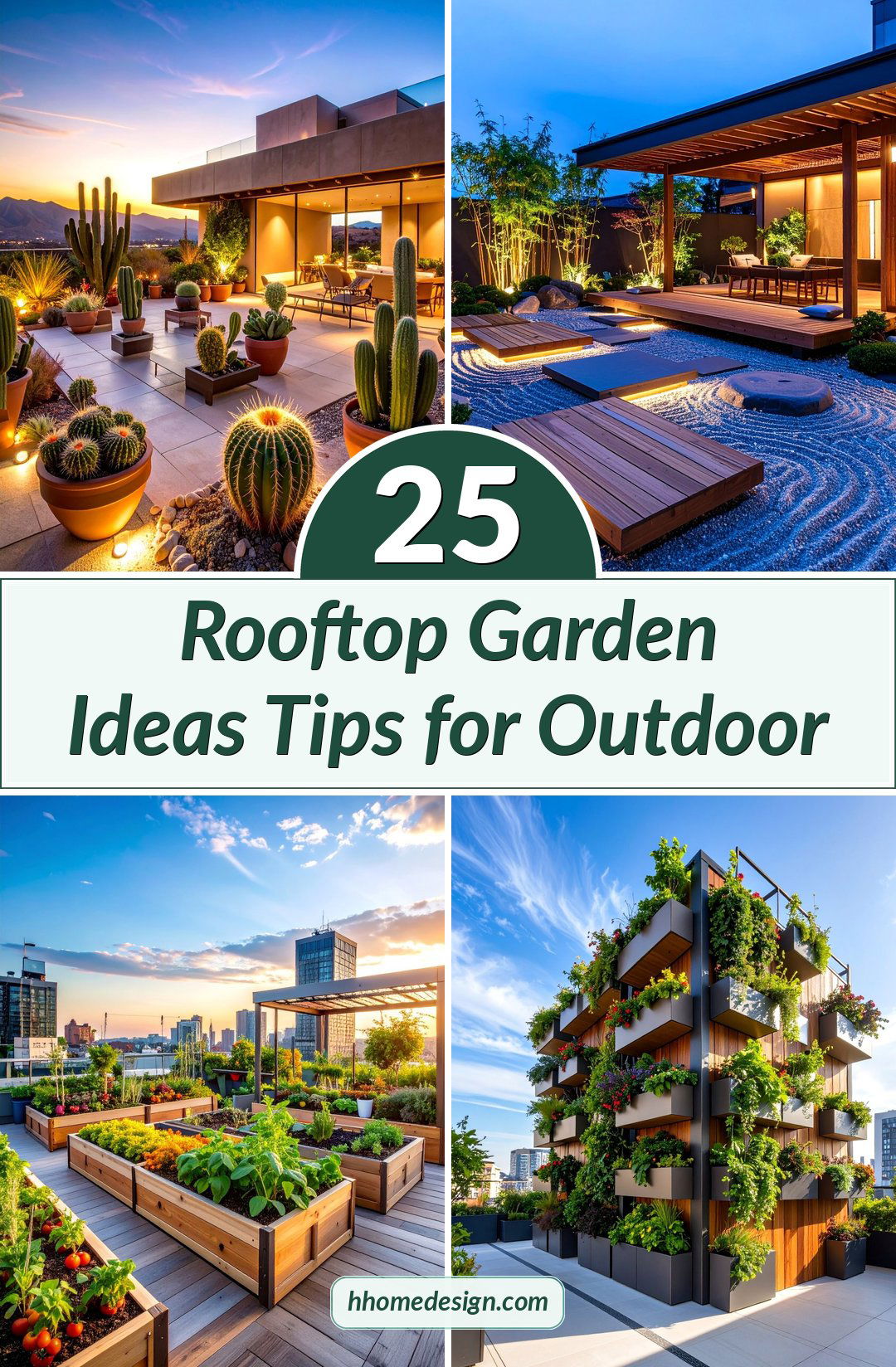
1. Urban Oasis with Cascading Water Features
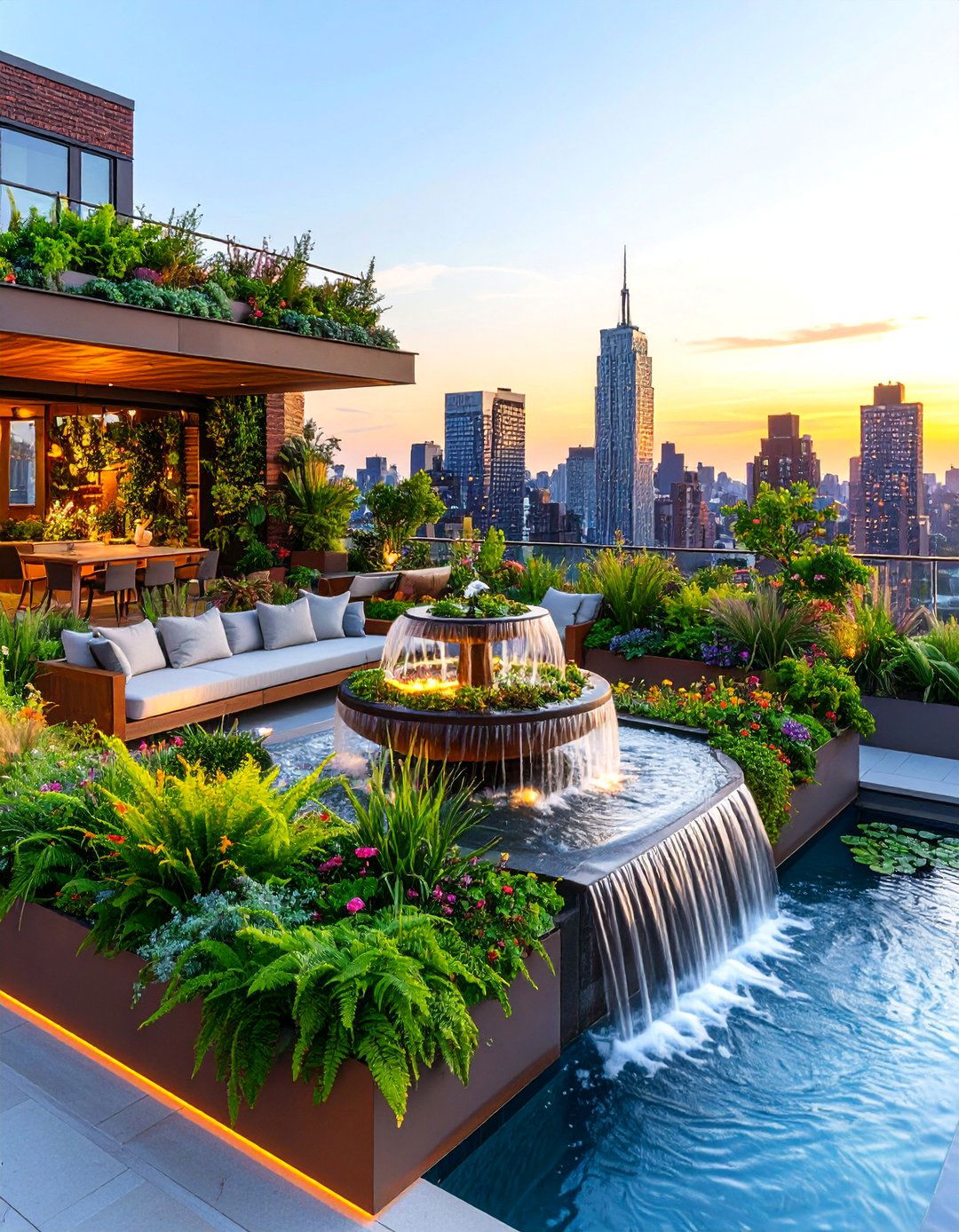
Create a tranquil rooftop retreat featuring multiple water elements that mask city noise and provide visual focal points. Install a three-tiered fountain as the centerpiece, surrounded by lush ferns, hostas, and ornamental grasses in large planters. Add a reflecting pool with floating water lilies and incorporate a small waterfall that flows over natural stone. Position comfortable seating areas with weatherproof cushions around the water features. Use ambient LED lighting to highlight the flowing water during evening hours. The combination of moving water, verdant plantings, and soft lighting transforms the urban rooftop into a peaceful sanctuary that promotes relaxation and meditation.
2. Vertical Living Wall Container System

Maximize growing space through innovative vertical gardening structures that create dramatic green walls while conserving floor area. Install modular planting systems along perimeter walls using lightweight containers arranged in ascending tiers. Select cascading plants like trailing petunias, ivy geraniums, and creeping jenny for natural waterfall effects. Incorporate automatic drip irrigation systems with timers to ensure consistent moisture throughout the vertical displays. Use weather-resistant metal frames painted in contemporary colors to support the container arrangements. Add hanging planters at varying heights to create depth and visual interest. This space-efficient design allows extensive plant collections while maintaining open areas for seating and entertaining.
3. Zen Minimalist Rock Garden
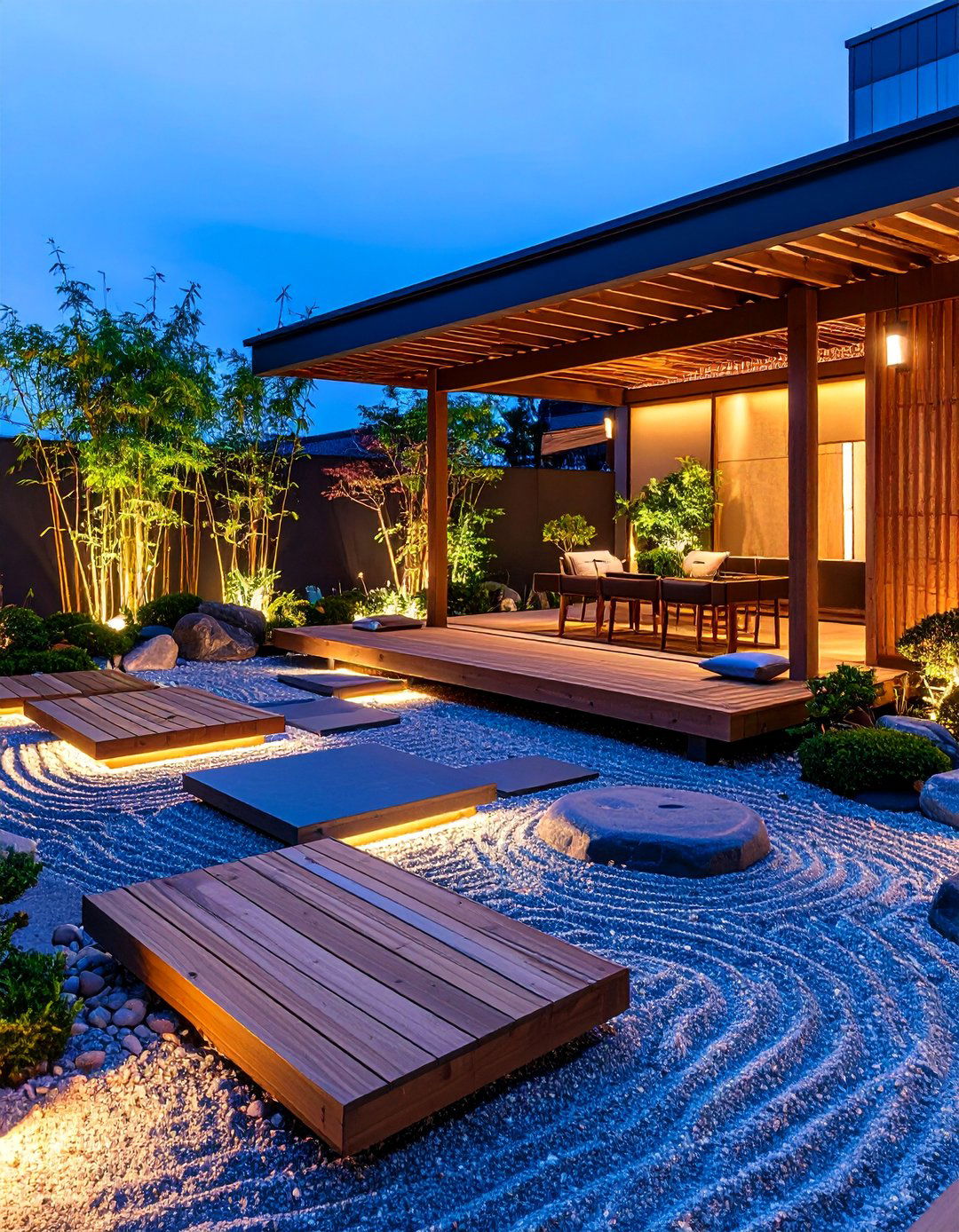
Embrace Japanese garden principles through carefully curated elements that promote mindfulness and contemplation. Create raked gravel patterns around strategically placed large stones, representing mountains and water flow. Install raised wooden platforms for meditation seating overlooking the serene landscape. Select minimal plantings including dwarf bamboo, ornamental grasses, and moss-covered stones. Add a simple bamboo water feature that creates gentle sounds. Use neutral color palettes with natural materials like weathered wood, river rocks, and fine gravel. Incorporate subtle pathway lighting that guides movement through the space. This design emphasizes simplicity, balance, and the beauty found in natural textures and forms.
4. Modern Pergola Paradise with Climbing Vines
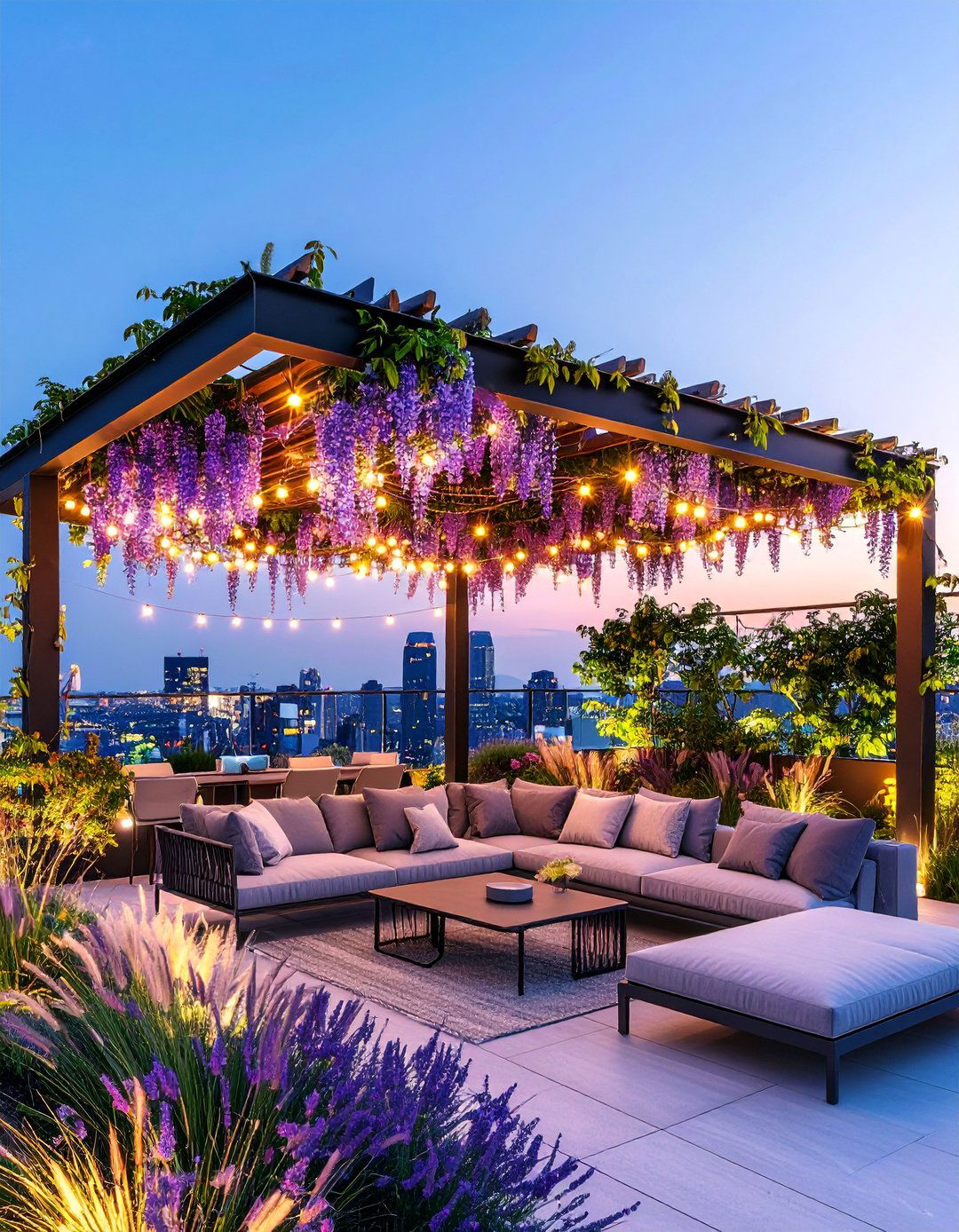
Design a sophisticated outdoor living space centered around sleek pergola structures that provide shade and vertical growing support. Construct contemporary aluminum or steel pergolas with clean geometric lines over designated seating and dining areas. Train flowering vines like wisteria, clematis, and climbing roses over the framework to create natural canopies. Install retractable shade panels for additional sun protection during peak hours. Position modern outdoor furniture with neutral cushions beneath the pergolas. Add planters with architectural plants like ornamental grasses and sculptural agaves around the perimeter. Use integrated LED strip lighting within the pergola beams for evening ambiance and year-round functionality.
5. Sustainable Solar-Powered Garden
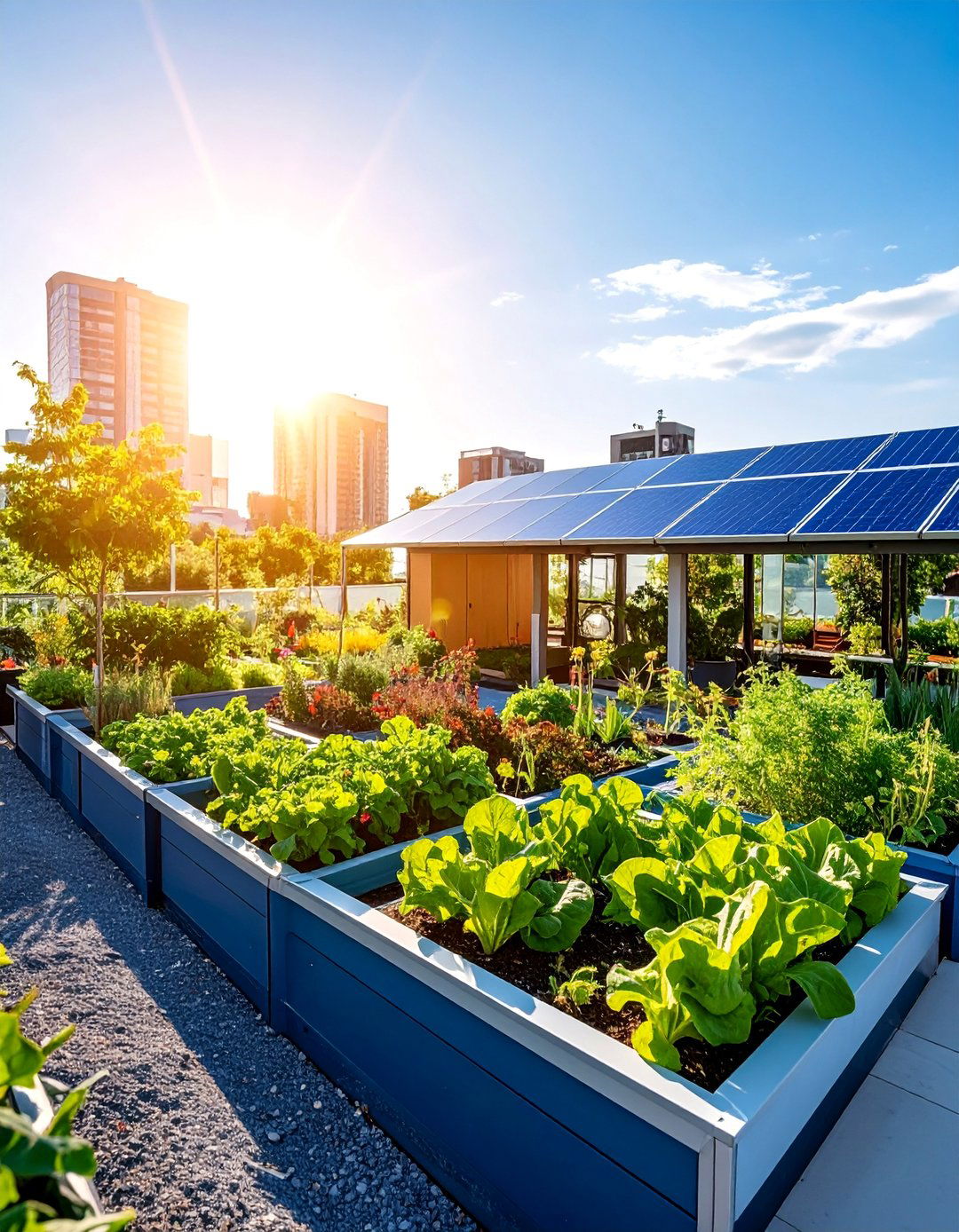
Integrate renewable energy solutions with productive gardening through solar panels and eco-friendly growing systems. Install ground-mounted solar panels that provide partial shade for heat-sensitive plants while generating electricity for irrigation pumps and lighting. Create raised beds using recycled materials positioned to optimize sun exposure between panel arrays. Implement automatic drip irrigation powered by solar energy with moisture sensors to minimize water waste. Select drought-tolerant vegetables and herbs that thrive in varying light conditions. Add rainwater collection barrels connected to the irrigation system. Use permeable pathways made from recycled rubber or gravel. This design demonstrates environmental stewardship while producing fresh food and clean energy.
6. Mediterranean Herb Terrace
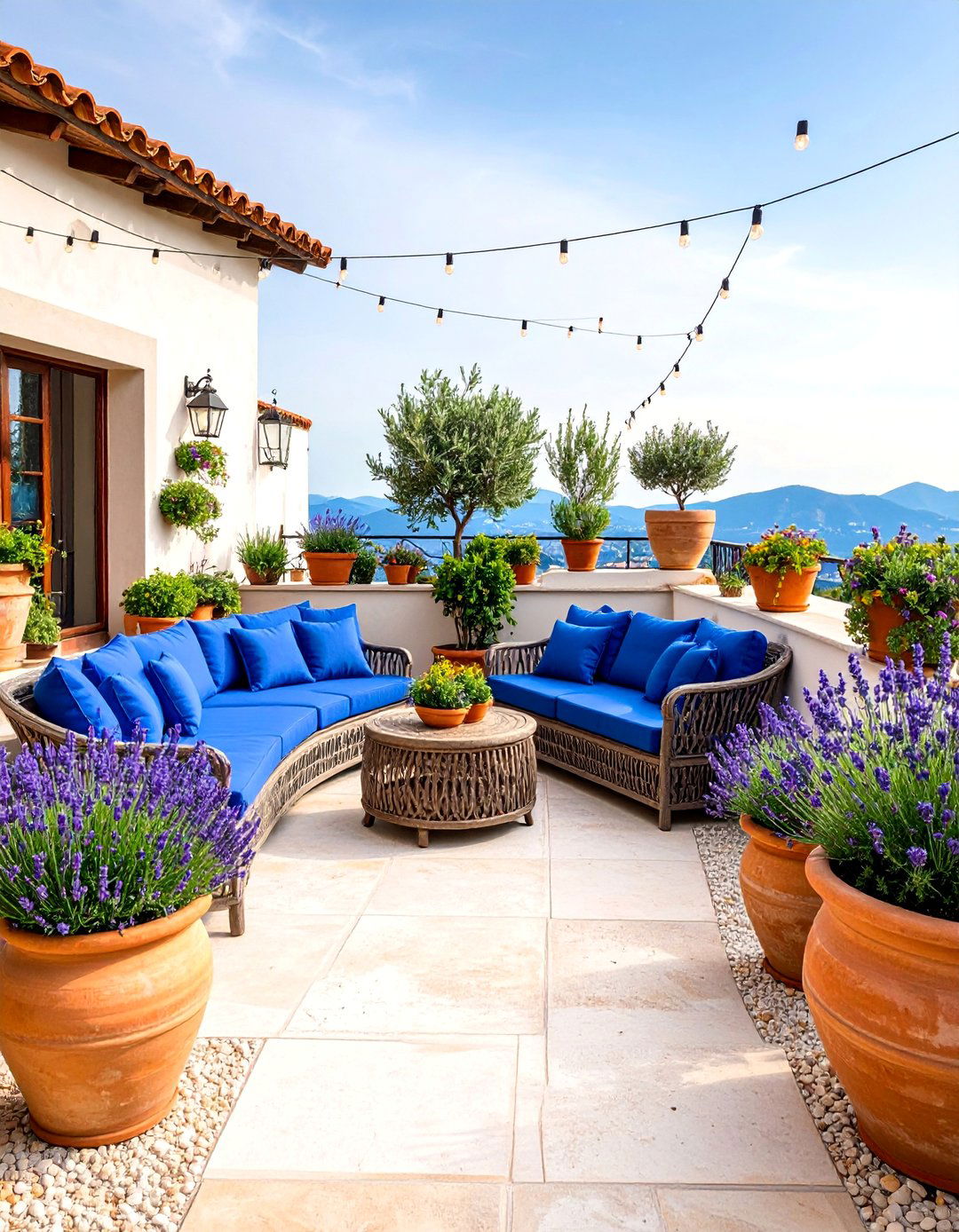
Transform rooftops into aromatic Mediterranean landscapes featuring drought-tolerant herbs and warm-climate plantings. Create terraced levels using terracotta containers and wooden planters filled with lavender, rosemary, thyme, and oregano. Install gravel pathways between planting areas to improve drainage and add Mediterranean character. Position olive trees in large containers as structural focal points throughout the space. Add weathered wooden furniture with blue and white cushions to evoke coastal ambiance. Use decorative ceramic tiles as accents on planter edges and seating areas. Install string lights overhead to extend evening use. The combination of fragrant herbs, warm colors, and rustic materials creates an inviting outdoor kitchen garden.
7. Japanese-Inspired Bamboo Retreat
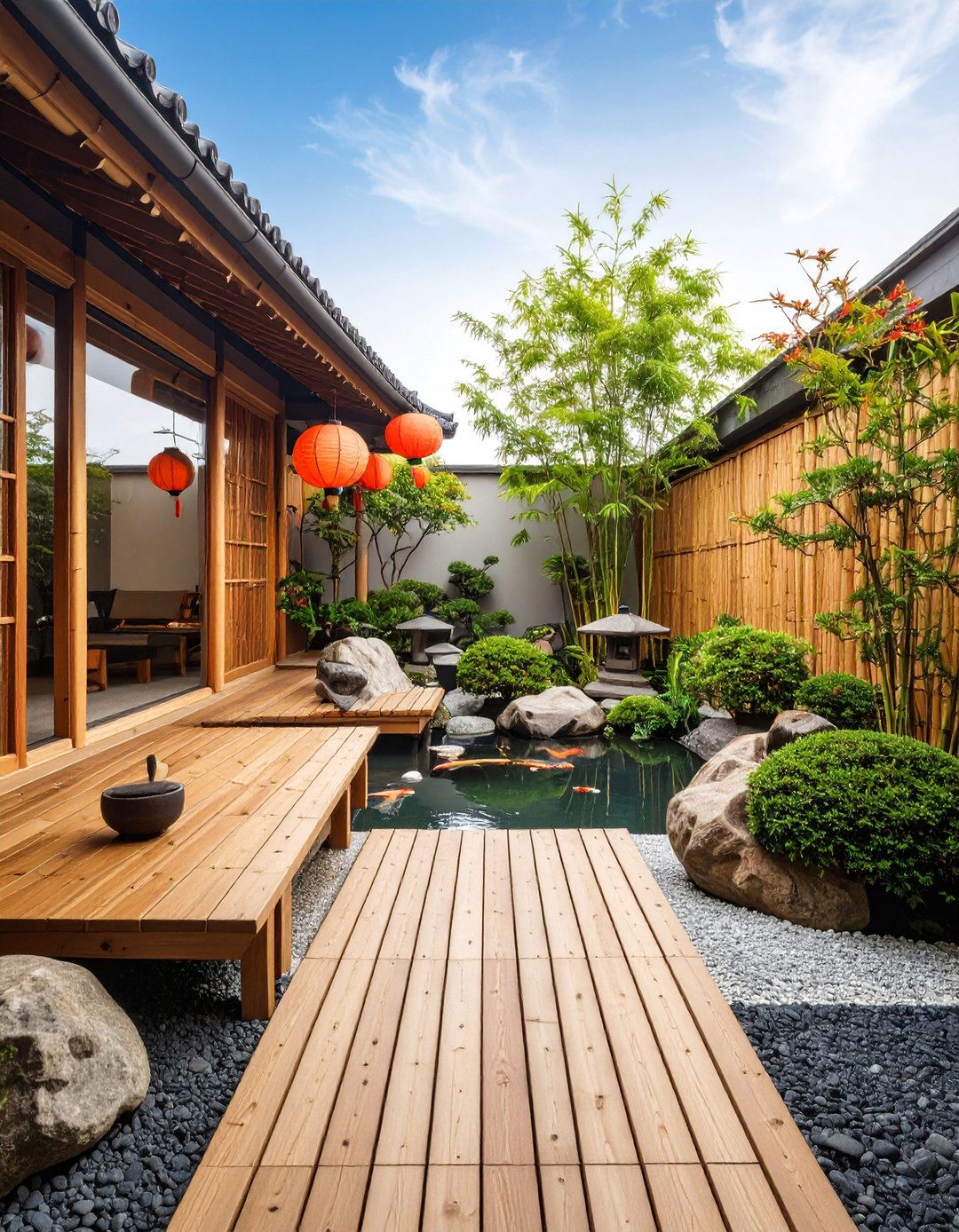
Design a serene rooftop sanctuary incorporating traditional Japanese garden elements with modern functionality. Plant clumping bamboo varieties in large containers to create natural privacy screens and wind barriers. Install wooden boardwalks and stepping stones over gravel beds for contemplative walking paths. Add a small koi pond with aquatic plants and gentle filtration systems. Position traditional stone lanterns and wooden benches for meditation and reflection. Use river rocks and carefully pruned evergreen shrubs to create asymmetrical compositions. Incorporate a bamboo fence screen along one side for additional privacy. The design emphasizes natural materials, flowing water, and carefully controlled plant selections that change subtly with seasons.
8. Contemporary Succulent Landscape
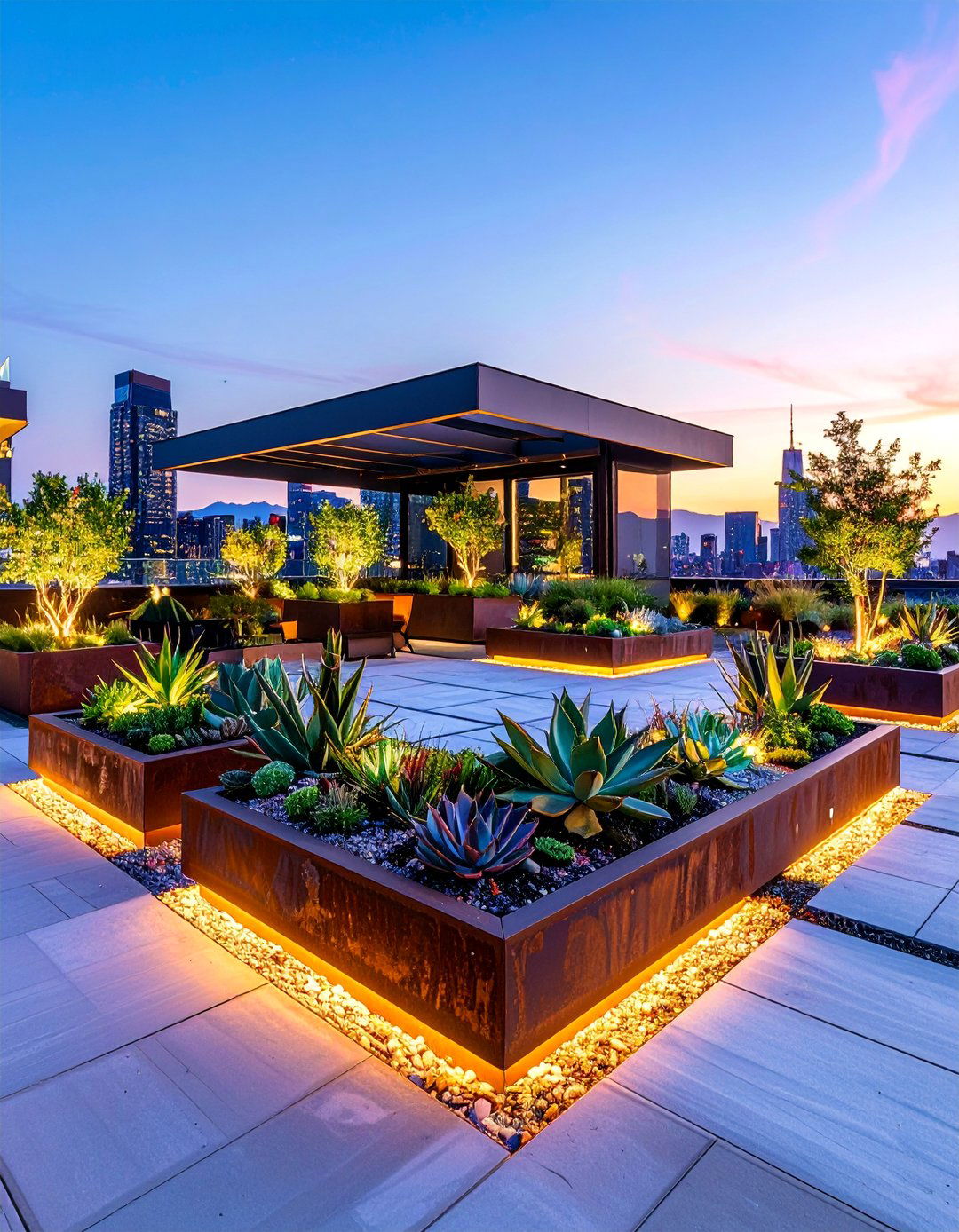
Create striking modern gardens featuring diverse succulent collections that require minimal maintenance while providing year-round visual interest. Arrange geometric planters in various sizes containing agaves, echeverias, sedums, and architectural cacti. Use contemporary materials like corten steel, concrete, and fiberglass for container selection. Create dramatic color contrasts through plant selection, combining blue-gray agaves with burgundy aeoniums and bright green sedums. Add decorative mulches like colored gravel or glass chips to enhance the modern aesthetic. Install subtle uplighting to highlight sculptural plant forms during evening hours. Design pathways using porcelain pavers or polished concrete. This low-water garden demonstrates sustainable design while providing sophisticated urban appeal.
9. Floating Deck Garden Platform
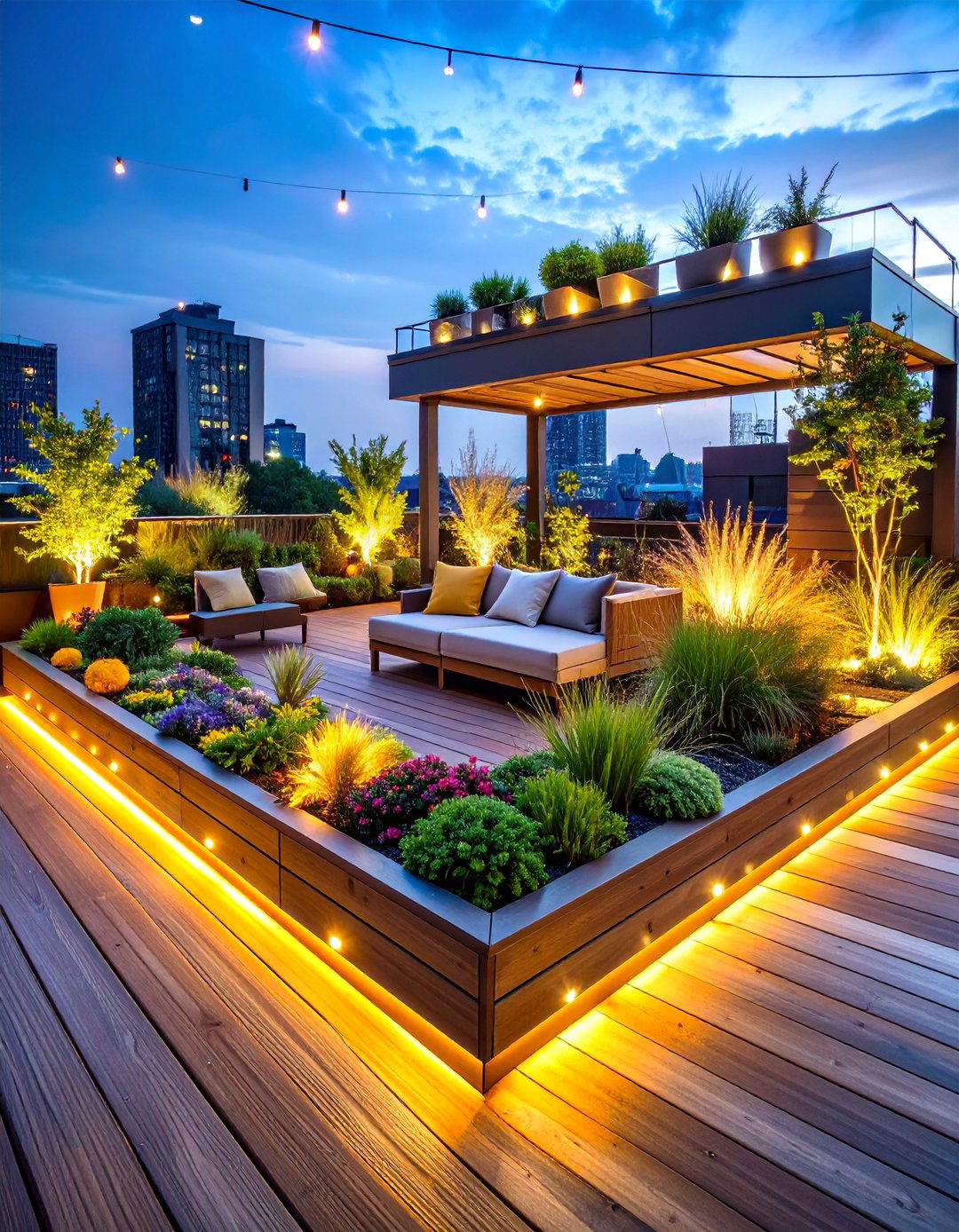
Construct elevated wooden platforms that appear to float above the rooftop surface, creating distinct garden zones with improved drainage. Build modular deck sections using weather-resistant composite materials raised on adjustable pedestals. Install planters integrated into the deck structure containing ornamental grasses, perennials, and small trees. Create seamless transitions between deck areas using consistent materials and plantings. Add built-in seating along deck edges with storage compartments for garden tools and supplies. Use cable railing systems to maintain open sight lines while providing safety. Install LED strip lighting beneath deck edges for dramatic nighttime effects. The elevated design protects rooftop membranes while creating sophisticated outdoor rooms.
10. Rainwater Collection Garden
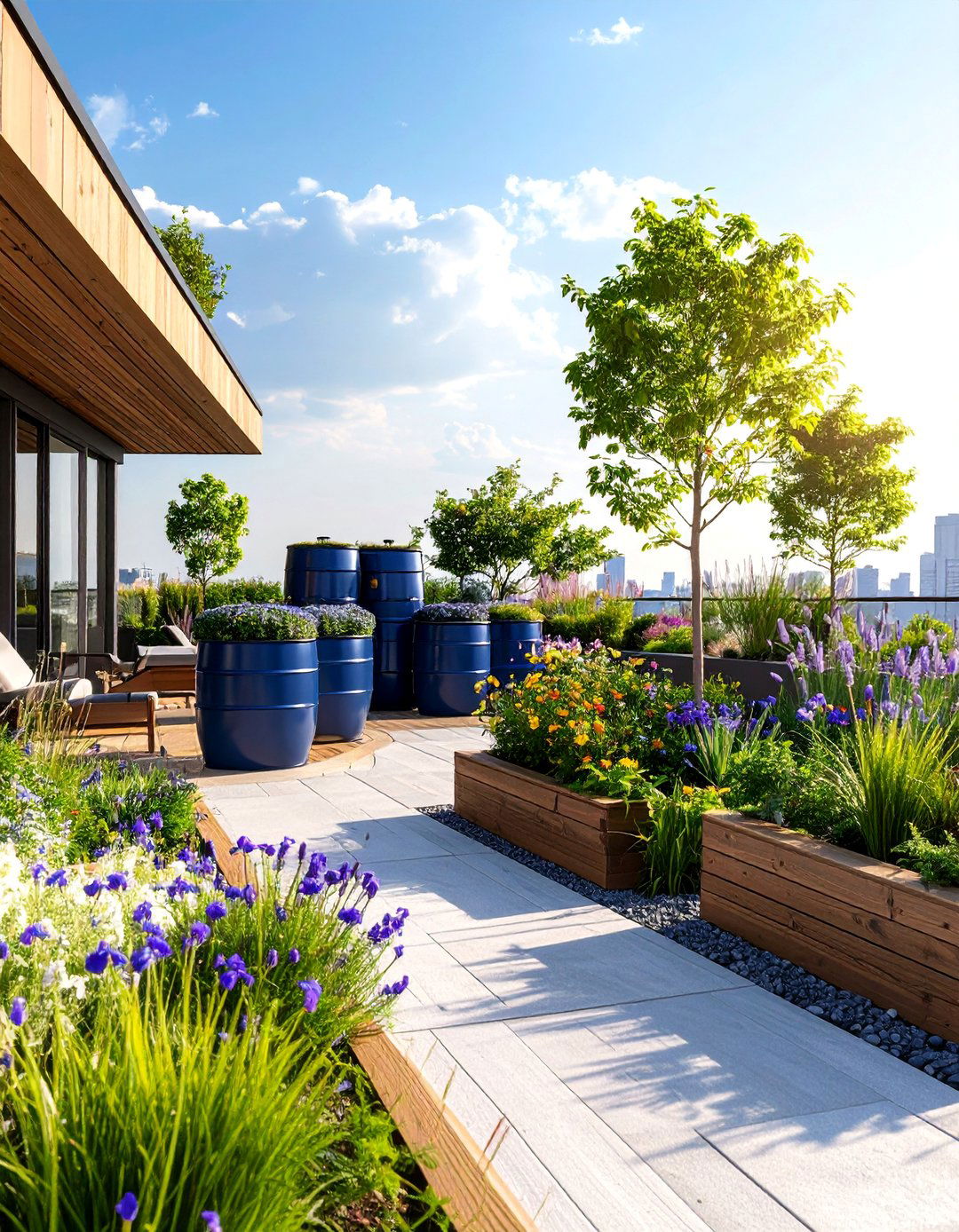
Design environmentally conscious gardens that capture and utilize natural precipitation for plant irrigation and water conservation. Install decorative rain collection barrels connected to roof gutters with overflow systems directing water to planted areas. Create bioswales using native grasses and perennials that naturally filter and absorb stormwater runoff. Position rain gardens in low-lying areas where water naturally collects during storms. Select water-loving plants like cardinal flower, blue flag iris, and native sedges for natural filtration. Add gravel beds and permeable surfaces to slow water movement and increase absorption. Install monitoring systems to track water collection and usage. This sustainable approach reduces utility costs while supporting urban watershed management.
11. Rooftop Vegetable Farm
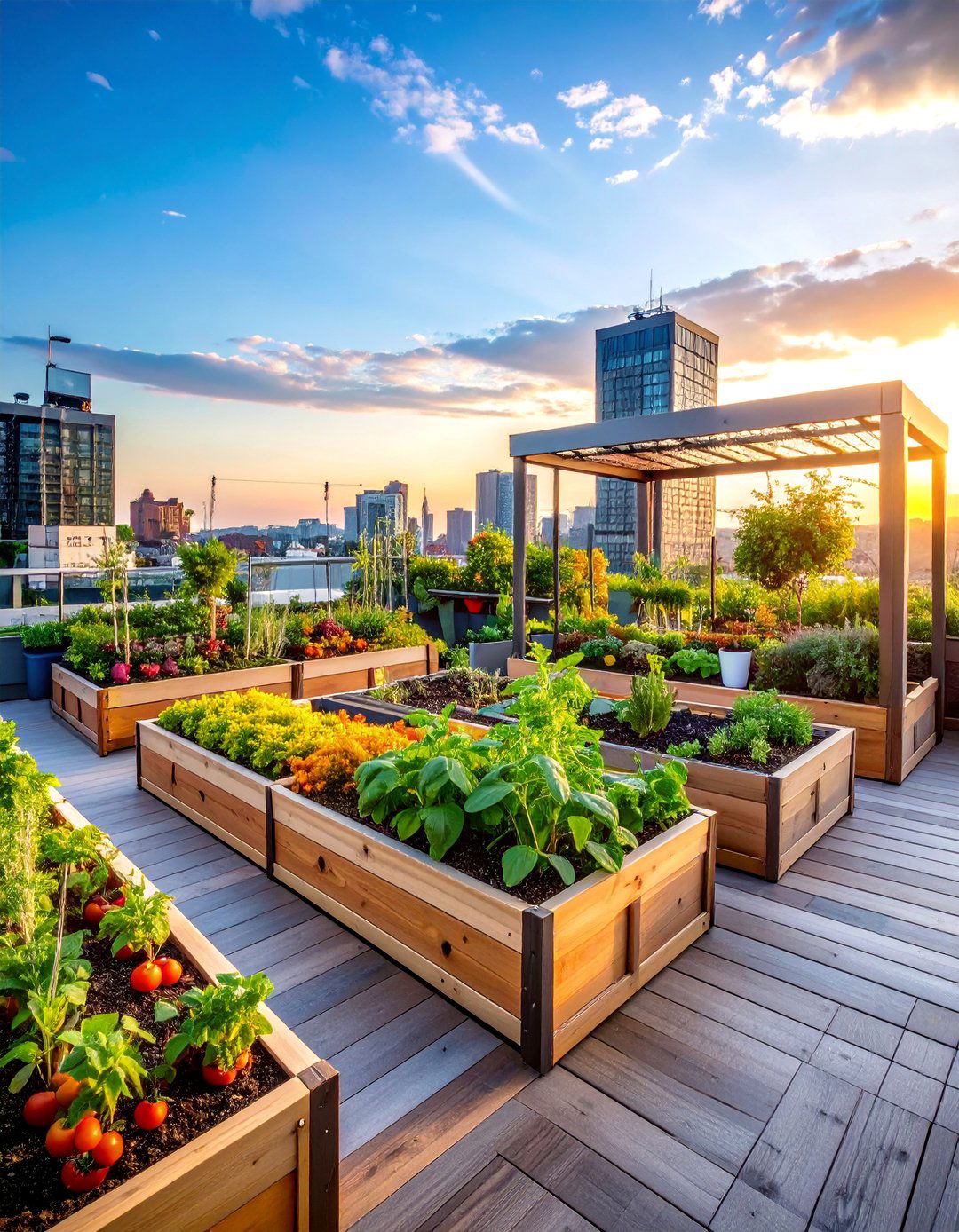
Transform rooftops into productive agricultural spaces that provide fresh food while supporting urban sustainability goals. Install raised beds using food-safe materials positioned to maximize sun exposure throughout growing seasons. Create vertical growing structures for climbing crops like tomatoes, cucumbers, and beans. Implement drip irrigation systems with timers to ensure consistent moisture for optimal crop production. Select compact vegetable varieties suitable for container growing and windy conditions. Add cold frames or small greenhouses to extend growing seasons. Use companion planting techniques to maximize space efficiency and natural pest control. Install storage areas for tools, fertilizers, and harvested produce. The design balances productivity with aesthetic appeal, creating functional urban agriculture.
12. Industrial Chic Green Space

Embrace urban architecture through raw materials and contemporary plantings that complement modern building aesthetics. Use galvanized metal planters, concrete containers, and weathered steel accents throughout the design. Select architectural plants like ornamental grasses, silver-leafed artemisia, and structural shrubs with bold forms. Create geometric planting patterns using repetitive plant groupings and linear arrangements. Add industrial lighting fixtures like exposed bulb strings and metal pendant lights. Use materials like corten steel, galvanized mesh, and concrete pavers for hardscape elements. Position modern furniture with clean lines and neutral colors. The design celebrates urban environments while softening harsh architectural elements through strategic plant placement and contemporary styling.
13. Butterfly Wildlife Sanctuary
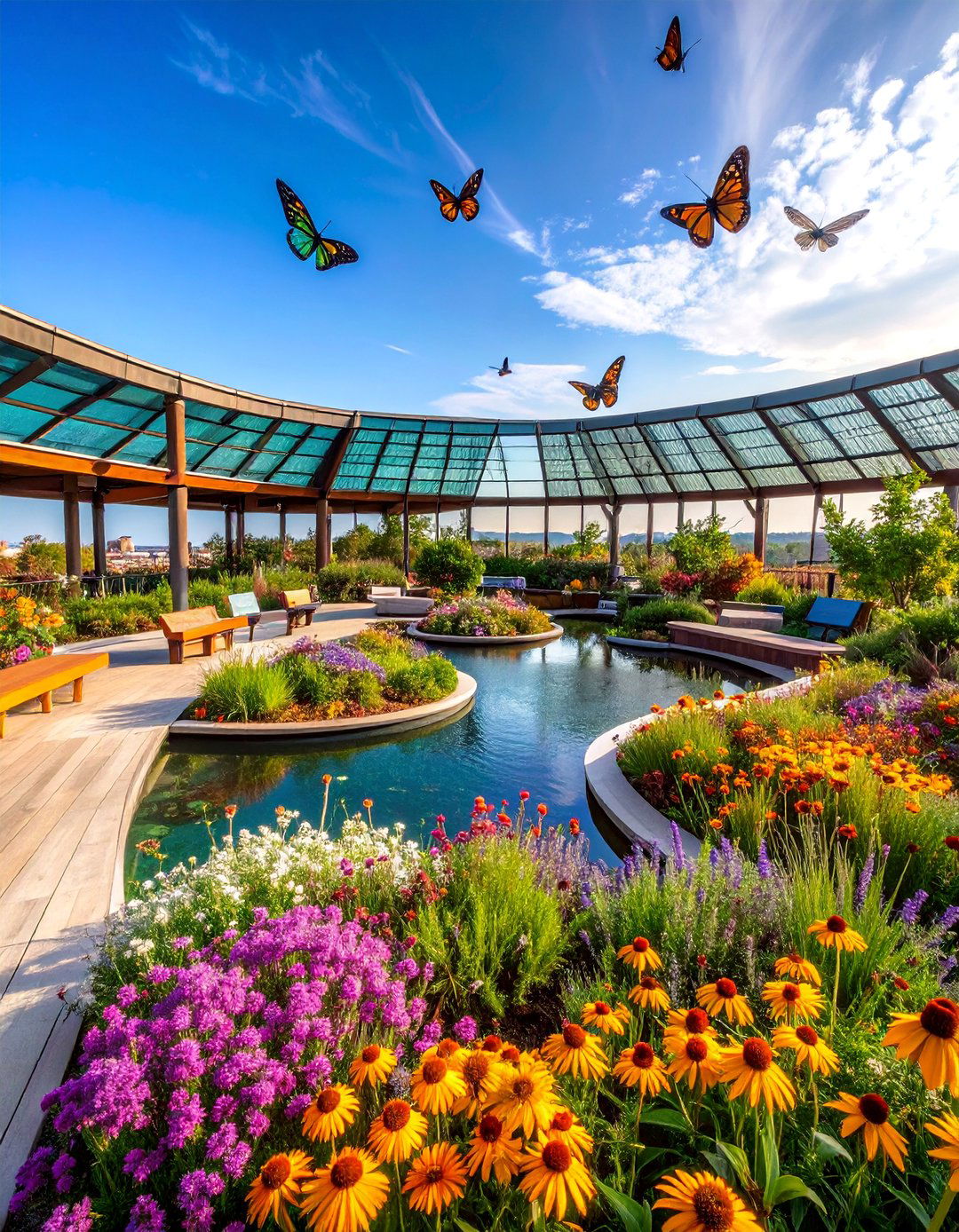
Create rooftop habitats that attract beneficial insects and support urban biodiversity through native plant selections and specialized features. Plant butterfly-attracting species like coneflowers, black-eyed susans, bee balm, and native milkweed in clustered arrangements. Install shallow water features and puddling areas where butterflies can drink and collect minerals. Add native shrubs and grasses that provide shelter and overwintering sites for various life stages. Create sunny, wind-protected areas where butterflies can bask and feed. Use organic gardening practices avoiding pesticides that harm beneficial insects. Install identification signs highlighting different species and their habitat needs. Add seating areas positioned for optimal wildlife observation. This ecological design supports conservation while providing educational opportunities and natural beauty.
14. Rooftop Greenhouse Garden

Integrate climate-controlled growing structures that enable year-round gardening regardless of weather conditions. Install prefabricated greenhouse units with proper ventilation, heating, and cooling systems. Position growing benches and shelving to maximize space utilization for seed starting and plant propagation. Create outdoor transition areas where greenhouse plants can gradually acclimate to external conditions. Select appropriate plants for greenhouse cultivation including tropical species, herbs, and early vegetables. Add automation systems for temperature control, watering, and ventilation management. Install electrical systems to support grow lights during short winter days. Use the greenhouse as a focal point surrounded by complementary outdoor plantings. This design extends growing seasons while creating striking architectural elements.
15. Desert Cacti Collection

Design drought-resistant landscapes featuring diverse cacti and desert plants that thrive in harsh rooftop conditions. Create specialized growing areas with excellent drainage using sand, gravel, and pumice-based soil mixtures. Select cold-hardy cacti varieties including prickly pear, barrel cacti, and agaves suitable for local climate conditions. Add decorative stones, weathered wood, and metal sculptures to enhance the desert aesthetic. Use terra cotta and ceramic containers in earth tones to complement plant selections. Install drip irrigation systems with minimal water requirements. Create pathways using decomposed granite or flagstone materials. Add subtle lighting to highlight plant forms during evening hours. The design celebrates natural desert beauty while requiring minimal maintenance and water resources.
16. Urban Jungle Canopy
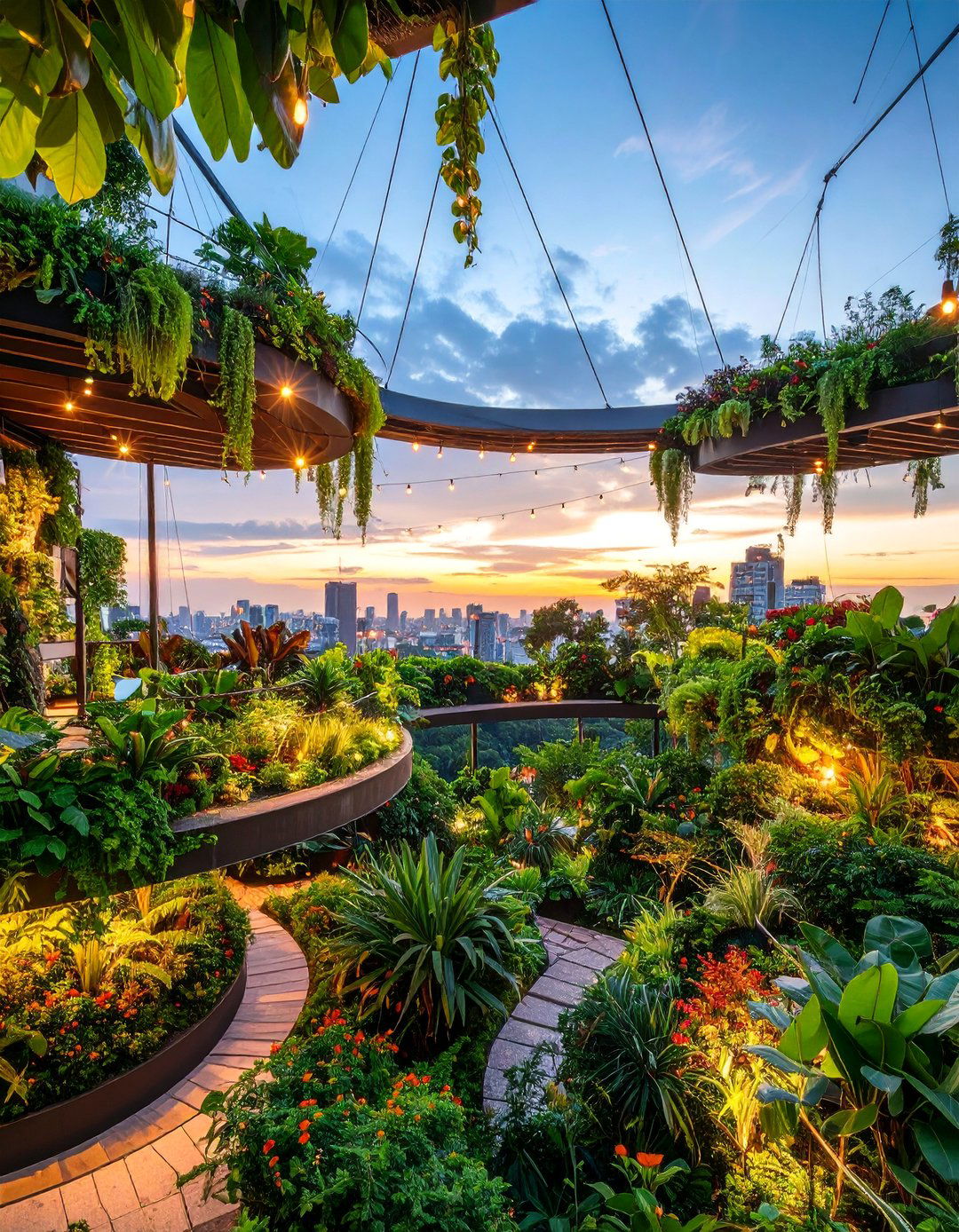
Create dense, layered plantings that simulate tropical rainforest environments using hardy species adapted to rooftop conditions. Install large containers with climbing frames supporting vigorous vines like hardy kiwi, grape vines, and climbing hydrangeas. Layer plantings with tall specimen trees, mid-level shrubs, and ground-covering perennials. Select plants with diverse foliage textures including ferns, hostas, and broad-leafed tropicals that can overwinter. Add hanging planters at multiple levels to increase planting density. Use misting systems to increase humidity during hot weather. Create winding pathways through dense plantings for immersive experiences. Install uplighting and spotlights to highlight layered canopy effects. This design maximizes biodiversity while creating private, enclosed garden rooms within urban settings.
17. Modular Container System
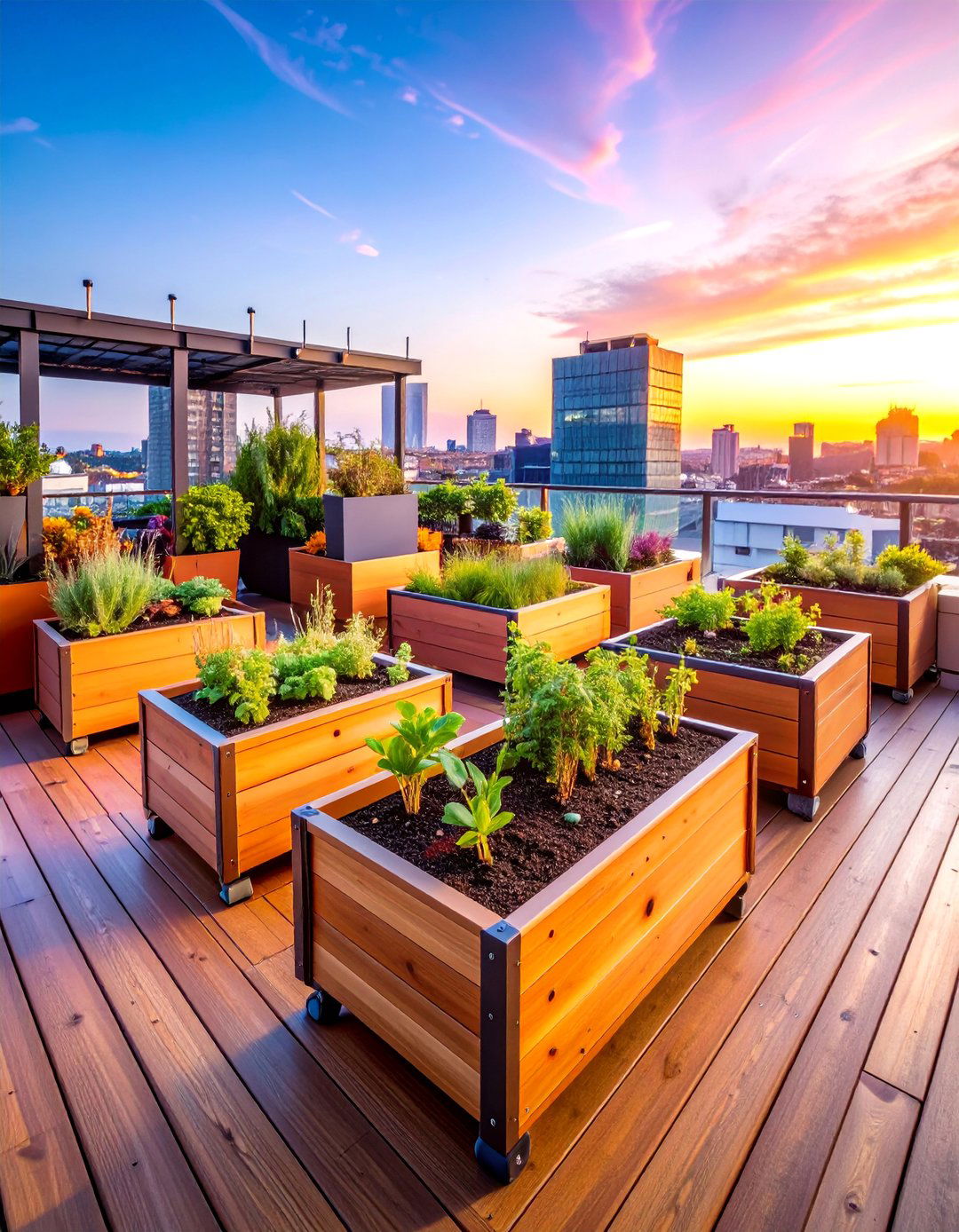
Design flexible gardens using standardized container systems that allow easy reconfiguration and seasonal changes. Select matching planters in various sizes that can be arranged in multiple configurations. Install wheeled bases or casters on larger containers for easy movement and space reconfiguration. Create seasonal displays by rotating containers with different plant combinations throughout the year. Use lightweight growing media and select plants appropriate for container cultivation. Add standardized irrigation connections that can be easily relocated with container movements. Position containers to create distinct outdoor rooms for different activities. Include storage containers that match planting vessels for tools and supplies. This adaptable system accommodates changing needs while maintaining visual consistency and professional appearance.
18. Rooftop Dining Garden

Integrate food production with outdoor entertaining through edible landscapes and functional outdoor kitchen features. Install raised beds containing herbs, vegetables, and fruit trees positioned near cooking and dining areas. Add portable grilling stations and outdoor kitchen islands with storage for cooking equipment. Create dining areas using weather-resistant tables and seating with removable cushions. Plant aromatic herbs like basil, mint, and thyme within easy reach of cooking areas. Install pergolas or umbrellas to provide shade over dining spaces. Add string lights and lanterns for evening ambiance. Use dwarf fruit trees in containers as living decor that provides fresh ingredients. The design combines productive gardening with social spaces, creating farm-to-table experiences in urban environments.
19. Seasonal Flower Display
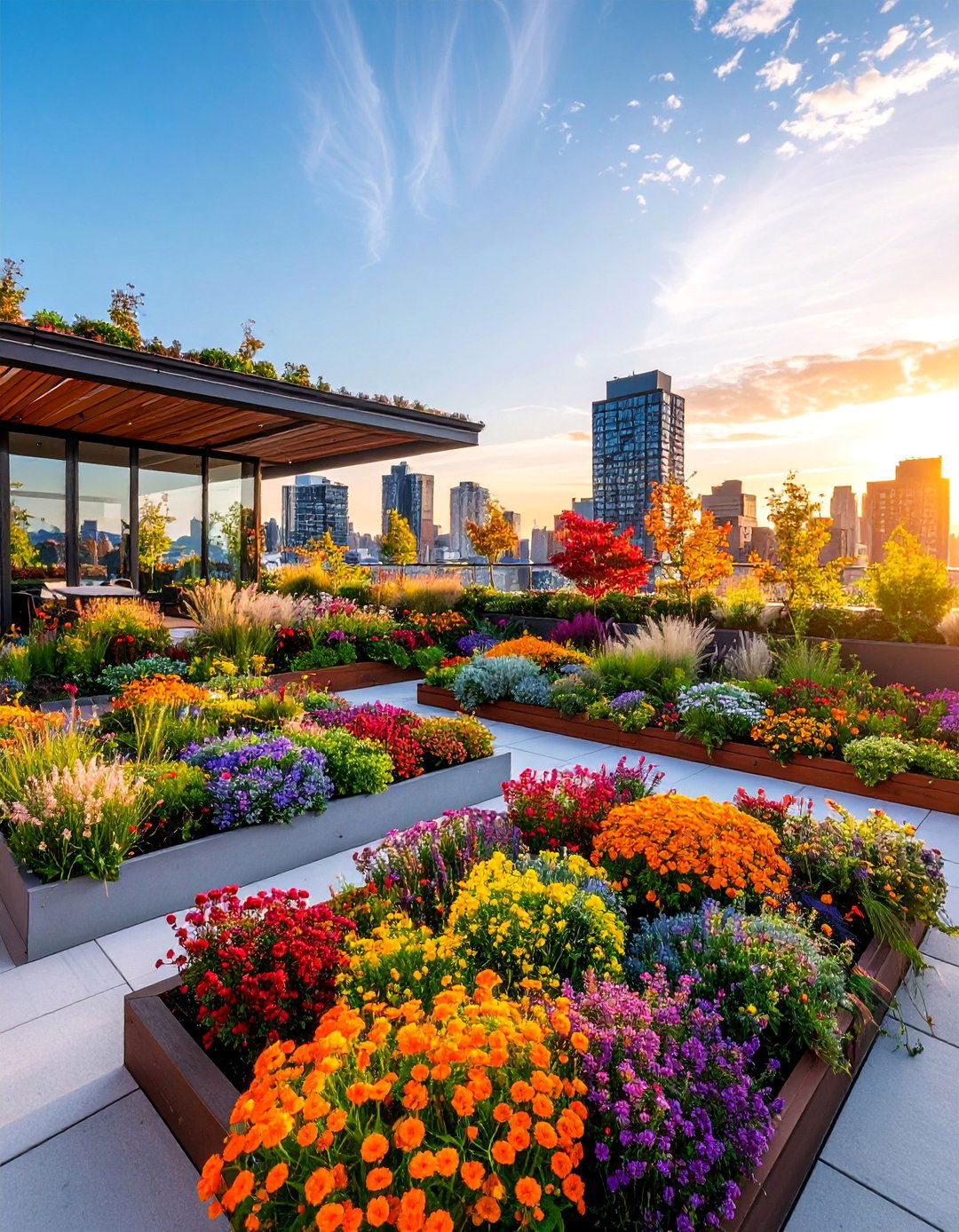
Design dynamic gardens that provide continuous color and interest through carefully planned succession plantings and seasonal transitions. Create dedicated areas for spring bulbs, summer annuals, fall chrysanthemums, and winter evergreen displays. Install raised beds and containers that accommodate easy plant replacement and soil amendment. Select plants with overlapping bloom times to ensure continuous floral interest throughout growing seasons. Add structural elements like ornamental grasses and small trees that provide year-round backbone. Use succession planting techniques to extend flowering periods for individual species. Include cutting garden areas for fresh flower arrangements. Plan color combinations that complement building architecture and surrounding urban landscape. This approach creates ever-changing displays that celebrate seasonal rhythms within urban environments.
20. Wind-Resistant Ornamental Grass Garden
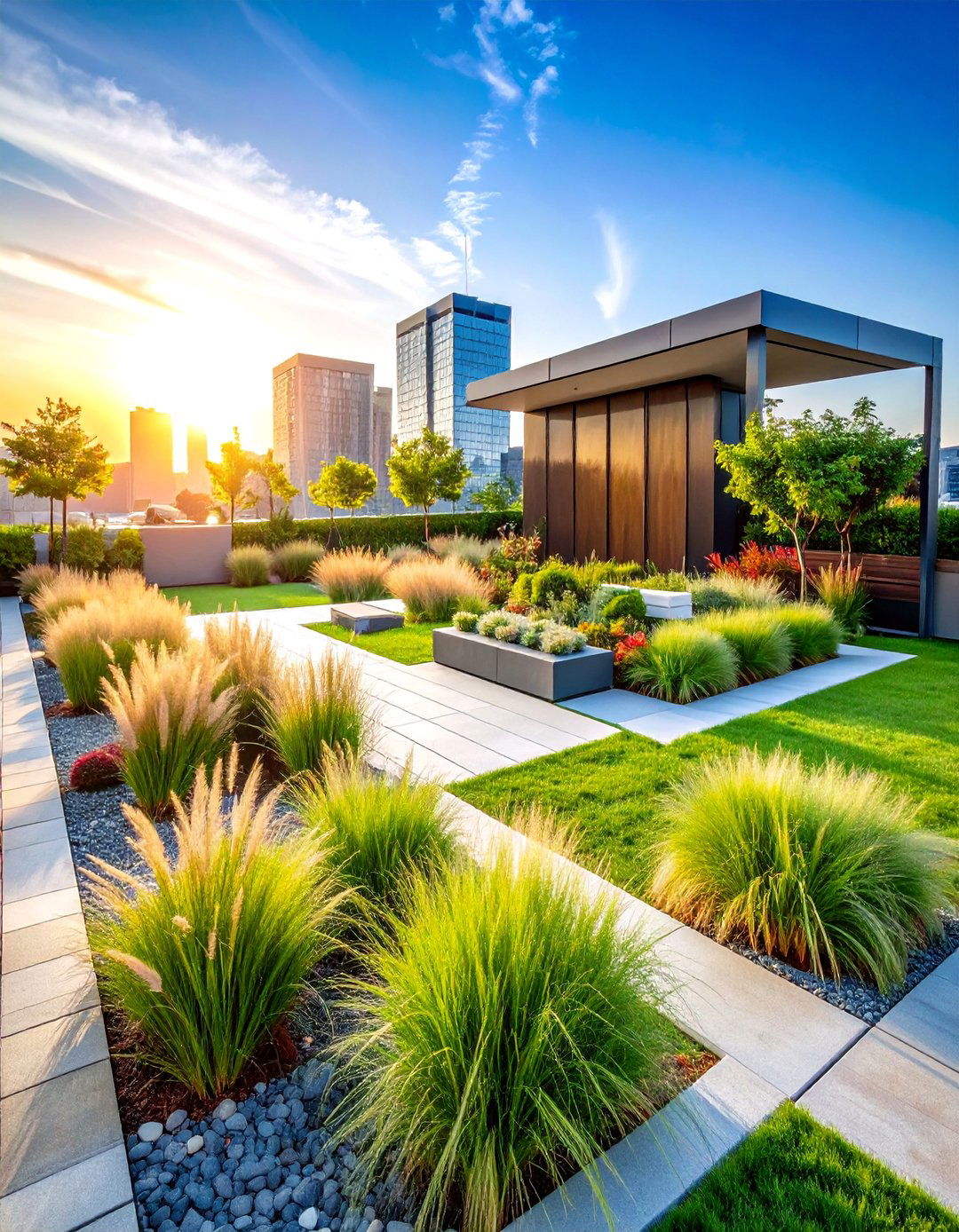
Create resilient landscapes using ornamental grasses and sturdy perennials that withstand strong rooftop winds while providing movement and texture. Select wind-tolerant species including feather reed grass, fountain grass, and native prairie grasses with strong root systems. Plant in mass groupings to create windbreaks and reduce wind damage to other plantings. Add structural elements like boulder placement and low stone walls to further reduce wind exposure. Use mulches like gravel or bark chips to prevent soil erosion during storms. Select companion plants with flexible stems and strong anchoring roots. Create sheltered microclimates near building walls and corners. Install windscreen panels where necessary to protect seating areas. The design embraces natural wind patterns while creating beautiful, low-maintenance landscapes.
21. Rooftop Tea Garden

Design contemplative spaces inspired by traditional tea garden aesthetics that encourage relaxation and mindful appreciation of nature. Install comfortable seating areas positioned to capture optimal views and light conditions. Plant aromatic species including chamomile, mint, lemon balm, and other herbs suitable for tea preparation. Create intimate spaces using screening plants and decorative panels that provide privacy and wind protection. Add water features like small fountains or bubbling urns that provide soothing background sounds. Use natural materials like bamboo, wood, and stone for furniture and decorative elements. Install subtle lighting for evening use and year-round functionality. Include storage for tea preparation equipment and seasonal cushions. The design emphasizes tranquility, natural beauty, and the therapeutic aspects of gardening and tea culture.
22. Multi-Level Terraced Garden

Create dramatic elevation changes using stepped planters and retaining structures that maximize planting area while improving drainage and visual interest. Build terraced levels using natural stone, timber, or concrete blocks with proper drainage behind each level. Plant each terrace with appropriate species based on sun exposure, drainage, and accessibility needs. Create pathways and steps connecting different levels using complementary materials. Add handrails and safety features where elevation changes exceed safety thresholds. Use terracing to create distinct garden rooms for different purposes and plant collections. Install irrigation systems appropriate for sloped conditions and varying water needs. Position seating areas at key viewpoints overlooking terraced displays. This design maximizes planting opportunities while creating dynamic vertical landscapes within limited horizontal space.
23. Night Illuminated Garden
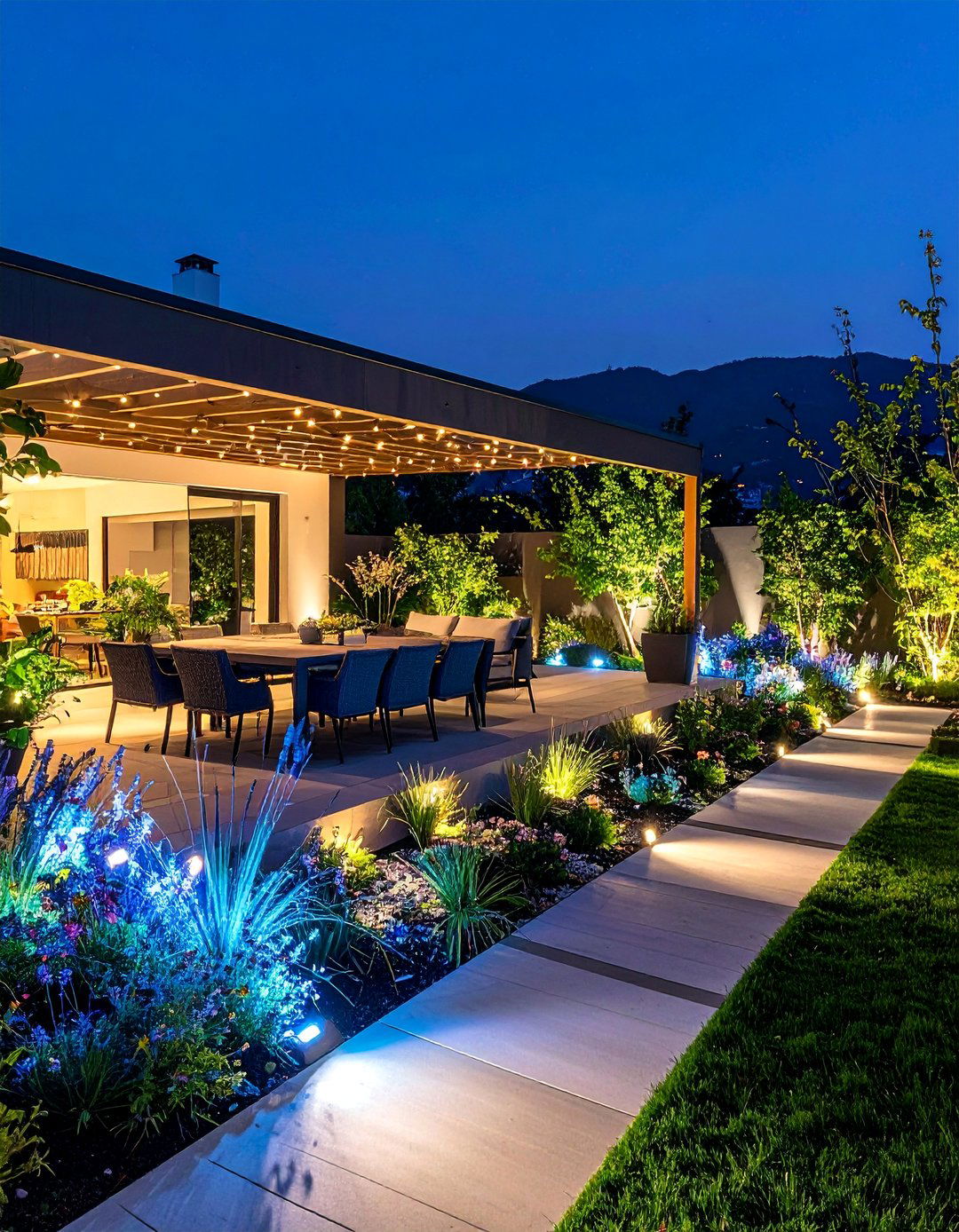
Design gardens specifically planned for evening enjoyment through strategic lighting placement and plant selection that creates dramatic effects after dark. Install various lighting types including uplights, downlights, path lights, and accent fixtures to highlight different garden features. Select plants with interesting silhouettes, bark textures, and seasonal characteristics that remain attractive when illuminated. Use lighting to create focal points, define pathways, and establish ambient moods for different activities. Add programmable LED systems that allow color changes and dimming for special occasions. Position lighting to avoid glare while ensuring safety and security. Include architectural lighting on structures like pergolas, screens, and water features. Use solar-powered options where grid connections are unavailable. This design extends garden use into evening hours while creating magical nighttime atmospheres.
24. Child-Friendly Play Garden

Create safe, engaging outdoor spaces that encourage children's interaction with nature while providing educational opportunities and active play areas. Install age-appropriate play equipment using natural materials like logs, boulders, and sand areas for creative exploration. Plant sturdy, non-toxic species that can withstand foot traffic and provide sensory experiences through varied textures, scents, and colors. Create designated digging areas with child-safe soil and tools for hands-on gardening experiences. Add water play features like splash fountains or shallow water tables during warm weather. Use soft surfaces like rubber mulch or artificial turf in active play zones. Install seating for adult supervision and family gathering areas. Include storage for toys, gardening tools, and seasonal equipment. The design balances safety with adventure while fostering environmental awareness.
25. Luxury Resort-Style Rooftop
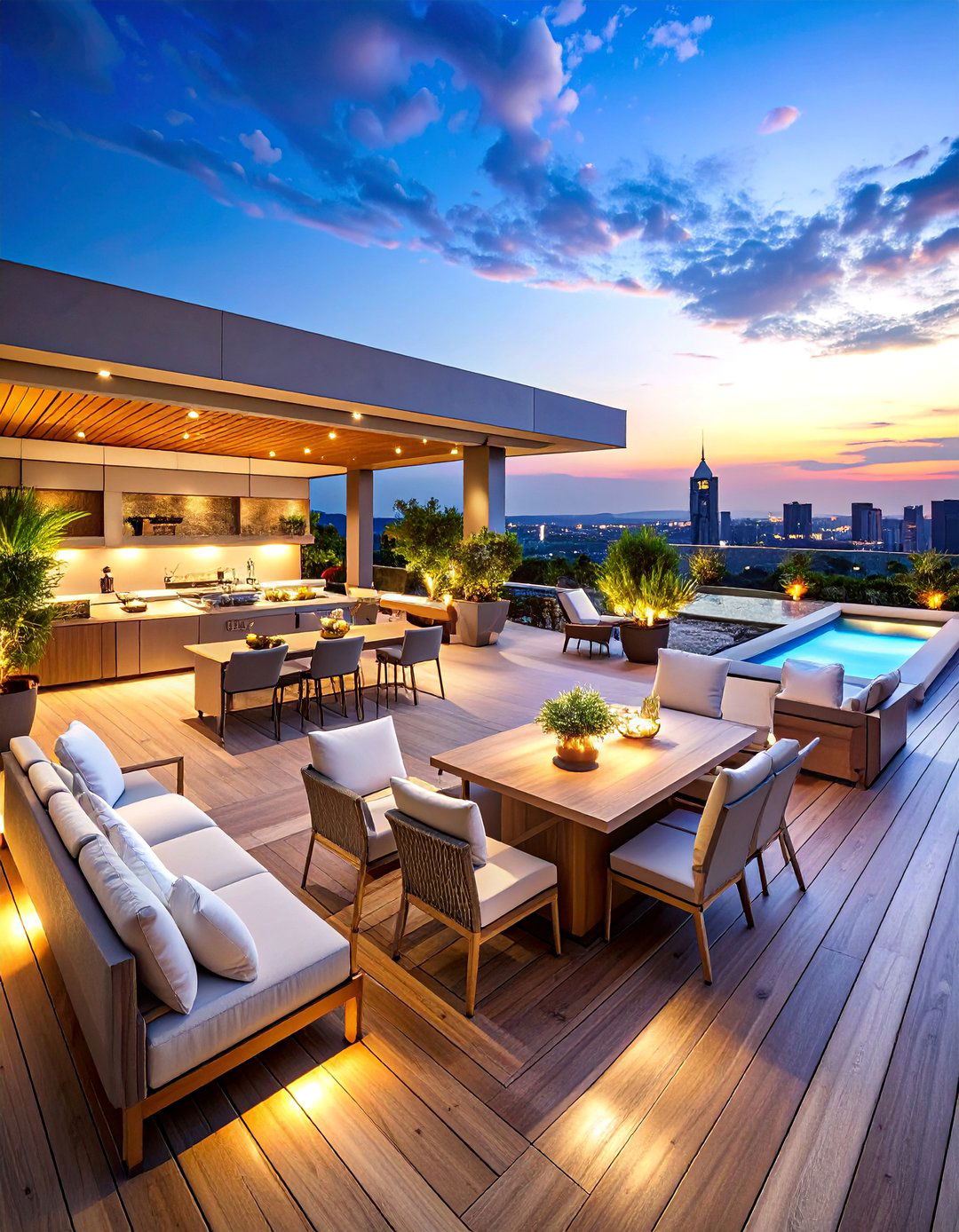
Design sophisticated outdoor living spaces that rival high-end resort amenities through premium materials, comprehensive amenities, and professional landscaping. Install outdoor kitchens with built-in grilling stations, refrigeration, and prep areas using weather-resistant appliances. Create multiple seating areas including lounge zones, dining spaces, and conversation pits with high-quality outdoor furniture. Add luxury features like fire pits, hot tubs, or infinity-edge water features as focal points. Use premium materials like natural stone, teak furniture, and custom metalwork throughout the design. Install comprehensive lighting systems, sound systems, and climate control features for year-round comfort. Plant sophisticated landscapes using mature specimens and professionally maintained displays. Include service areas hidden from view for maintenance equipment and storage. This design creates private urban resorts that maximize luxury and comfort.
Conclusion:
These twenty-five rooftop garden ideas demonstrate the remarkable potential for transforming underutilized urban spaces into beautiful, functional landscapes. Each design approach addresses specific needs while considering practical constraints like structural capacity, wind exposure, and maintenance requirements. From sustainable food production to luxurious entertaining spaces, rooftop gardens offer endless possibilities for creativity and environmental stewardship. By incorporating appropriate plant selections, efficient irrigation systems, and weather-resistant materials, these elevated gardens can thrive in challenging urban environments while providing significant benefits to both property owners and surrounding communities through improved air quality, stormwater management, and urban biodiversity enhancement.


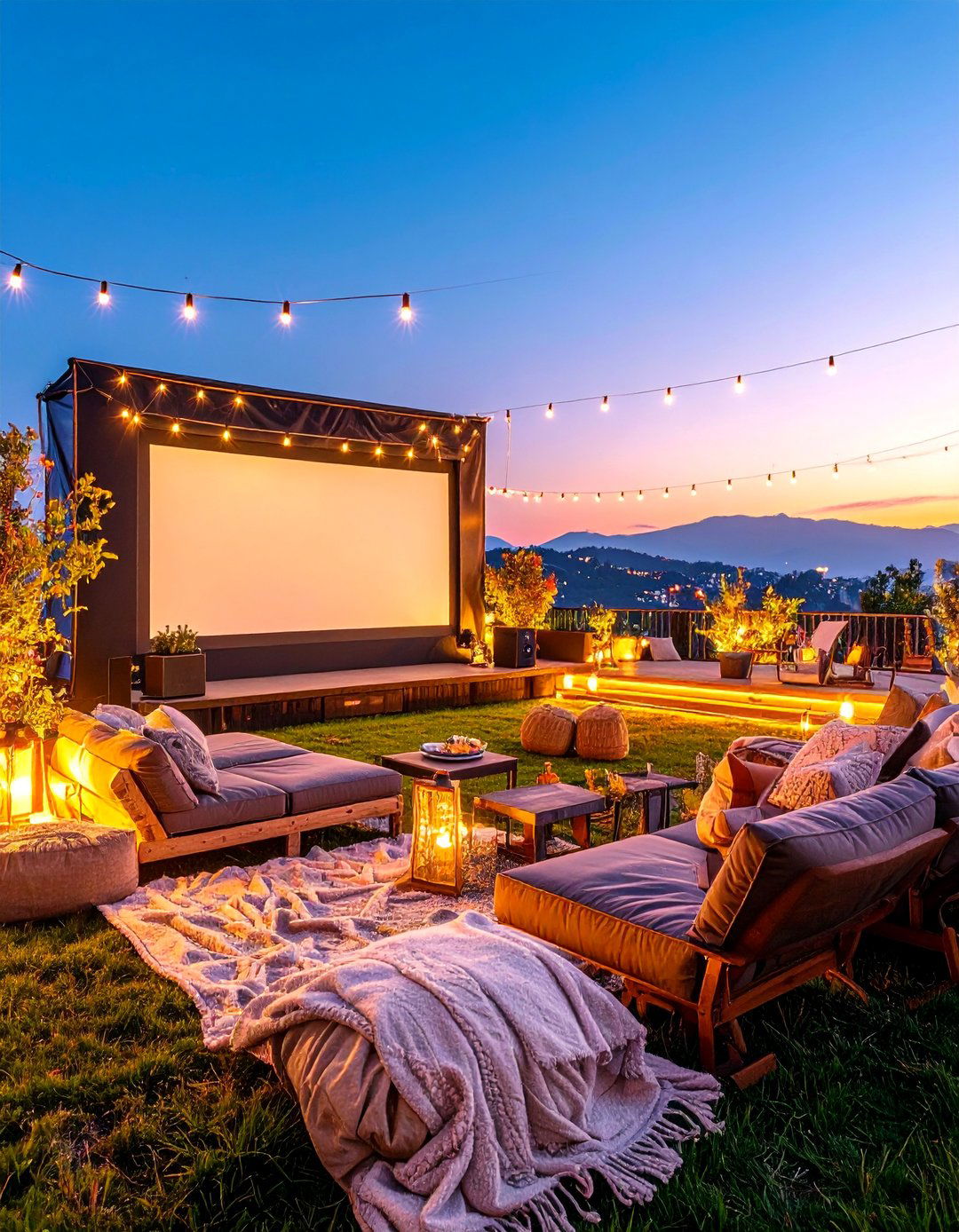
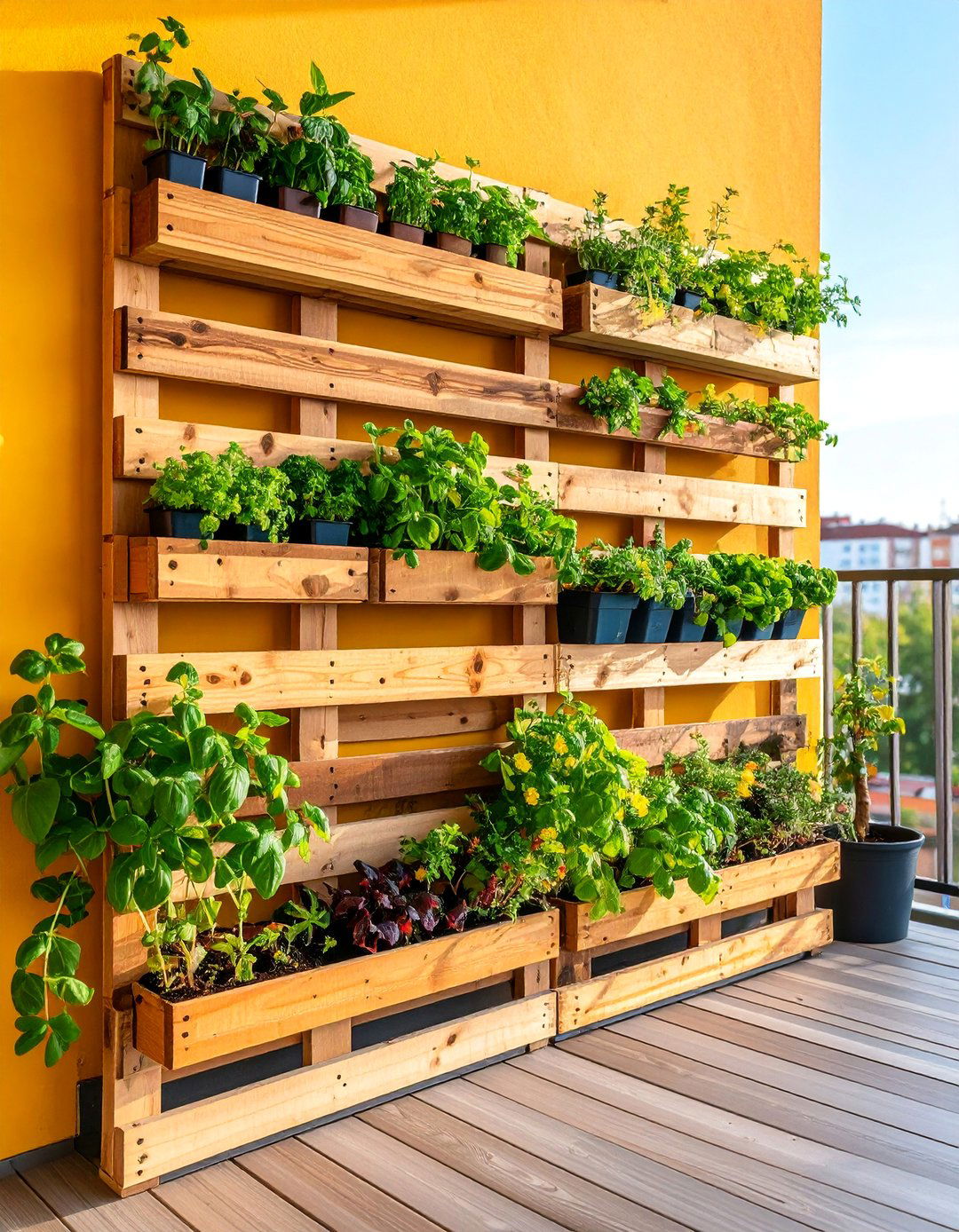
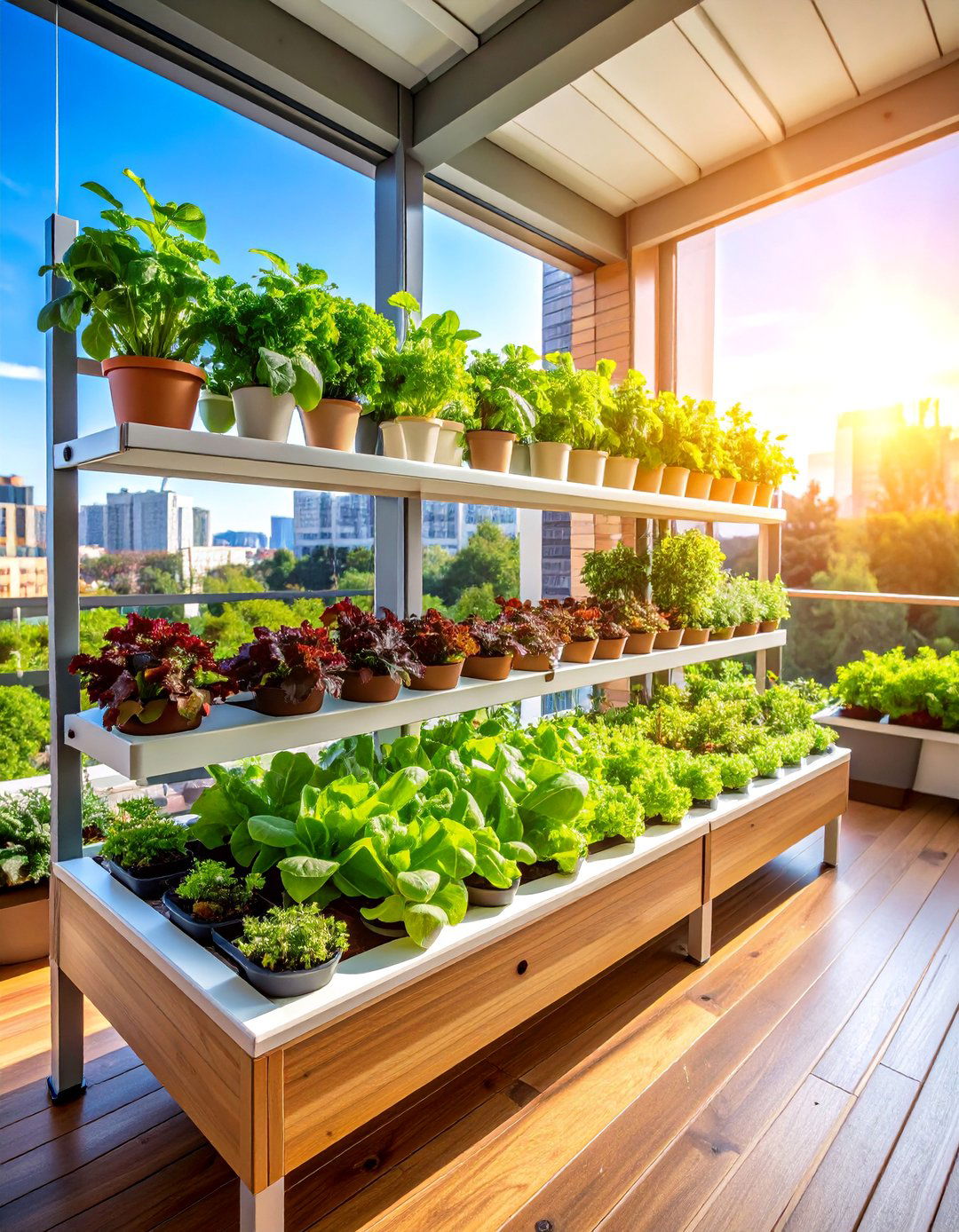

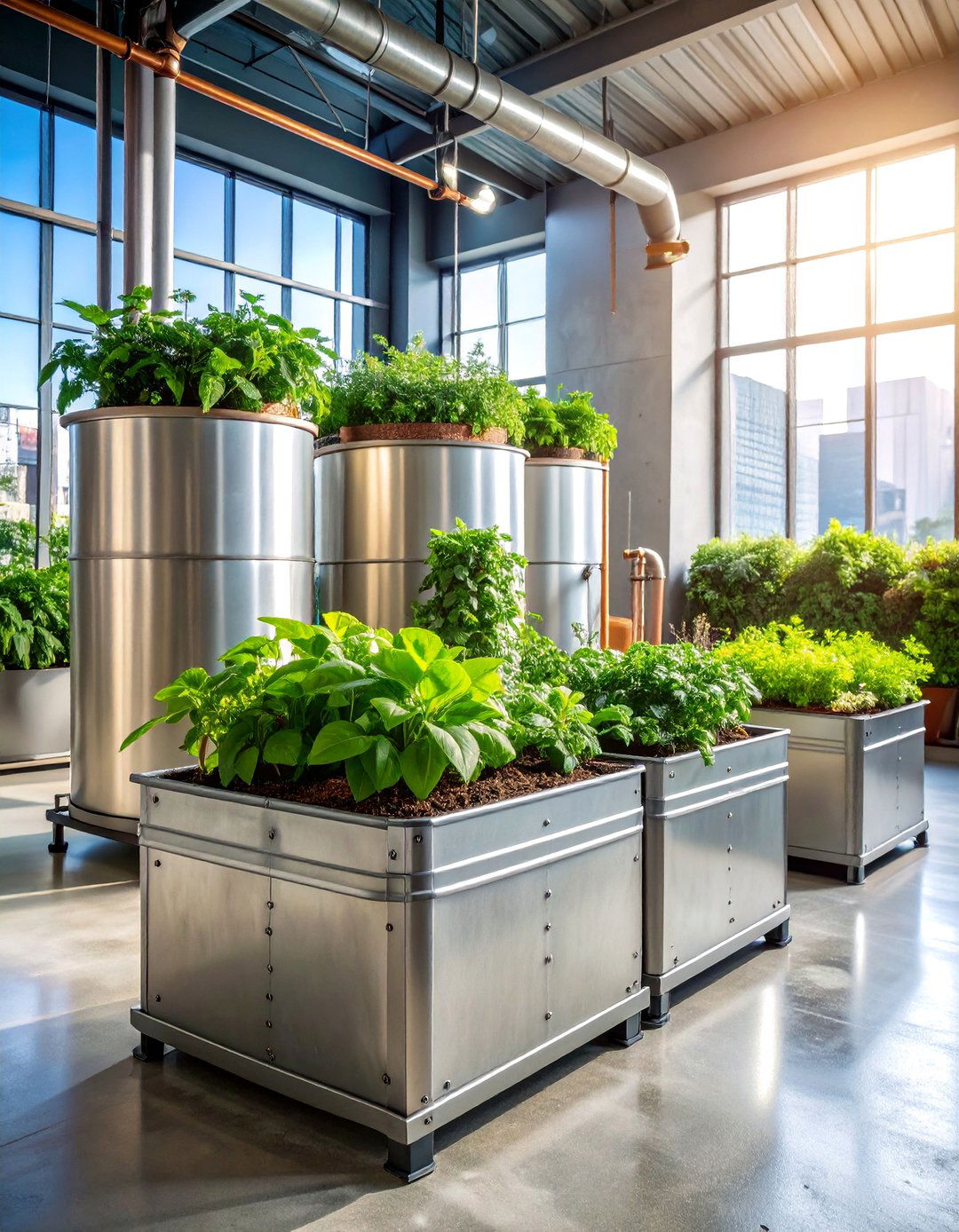
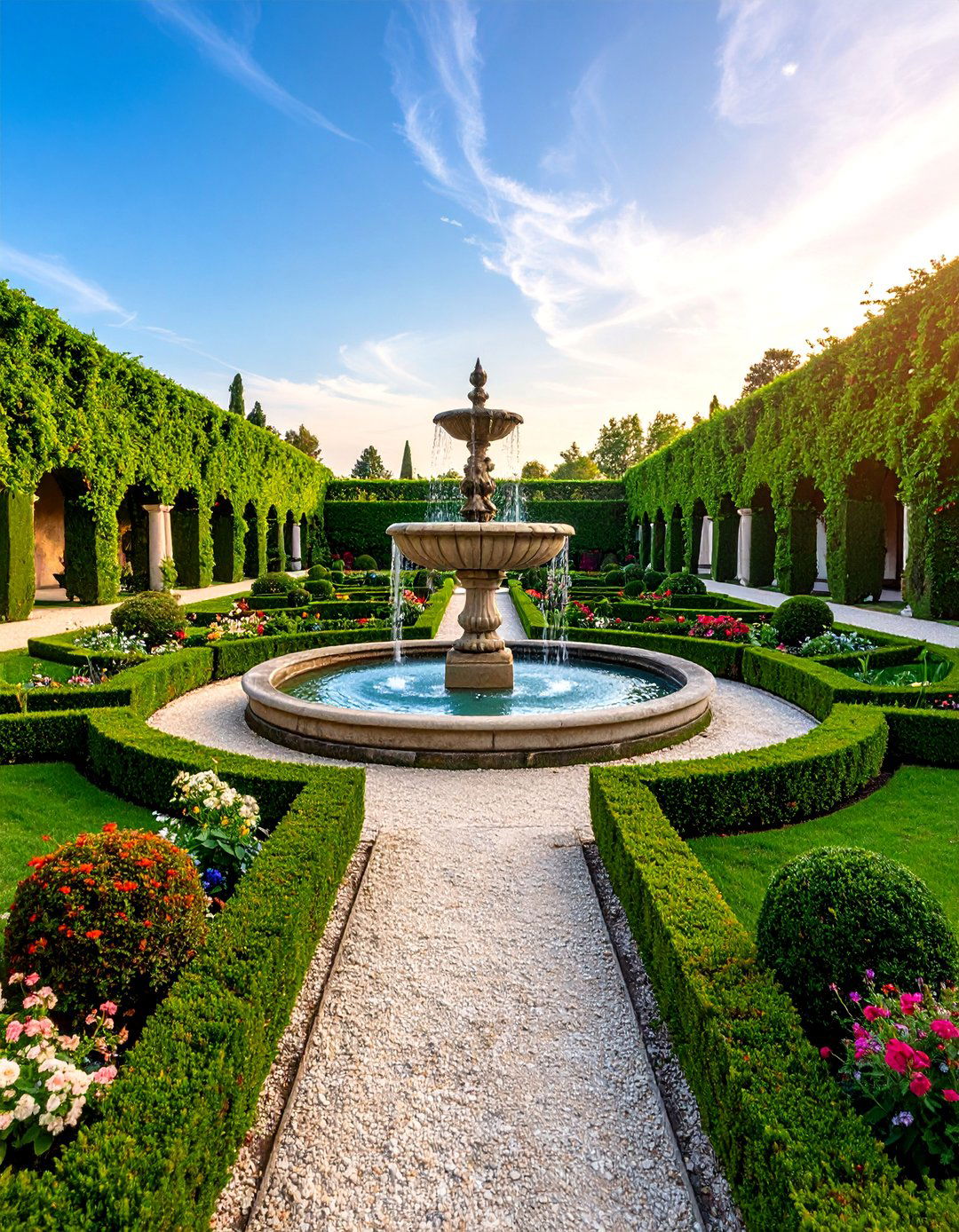
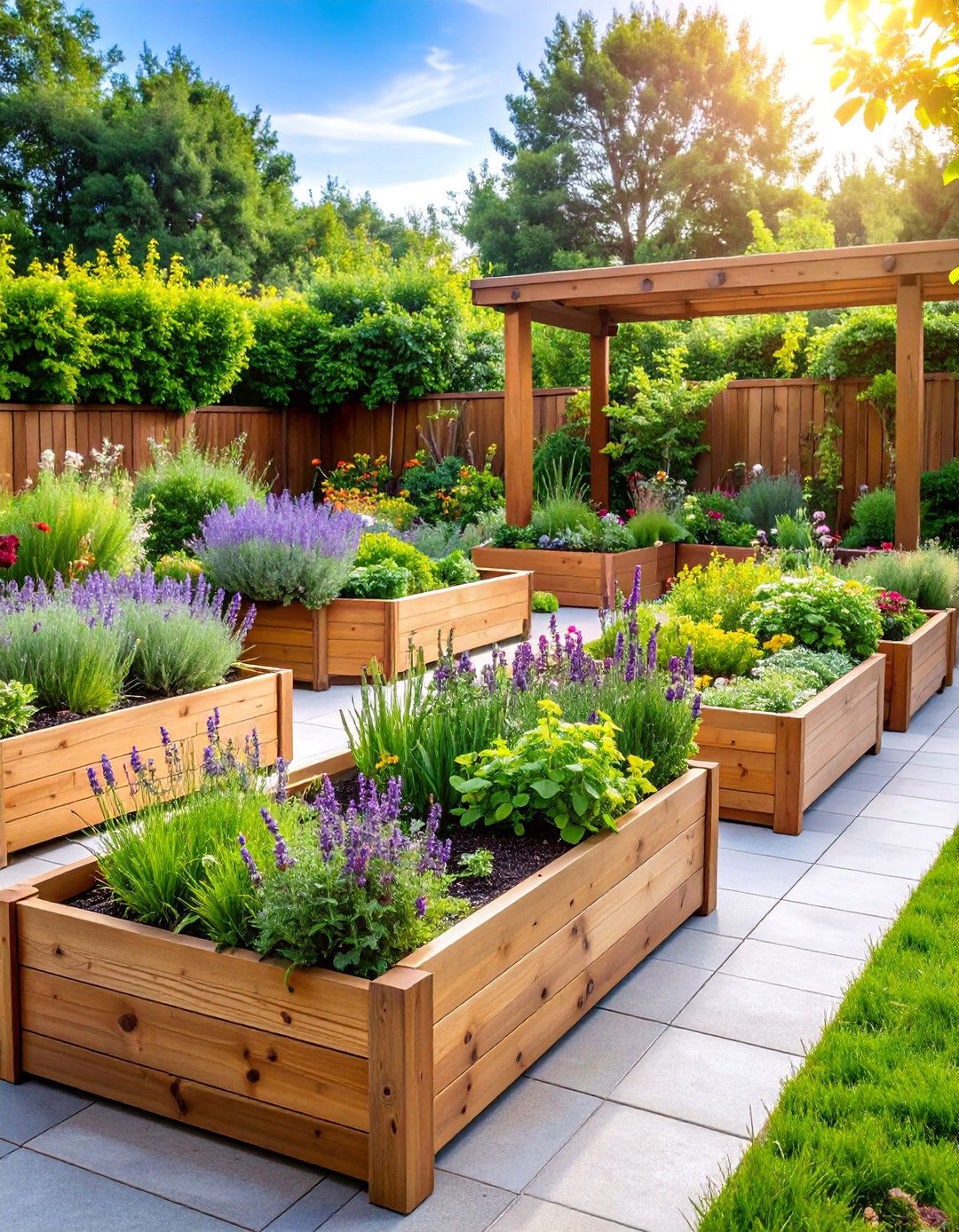
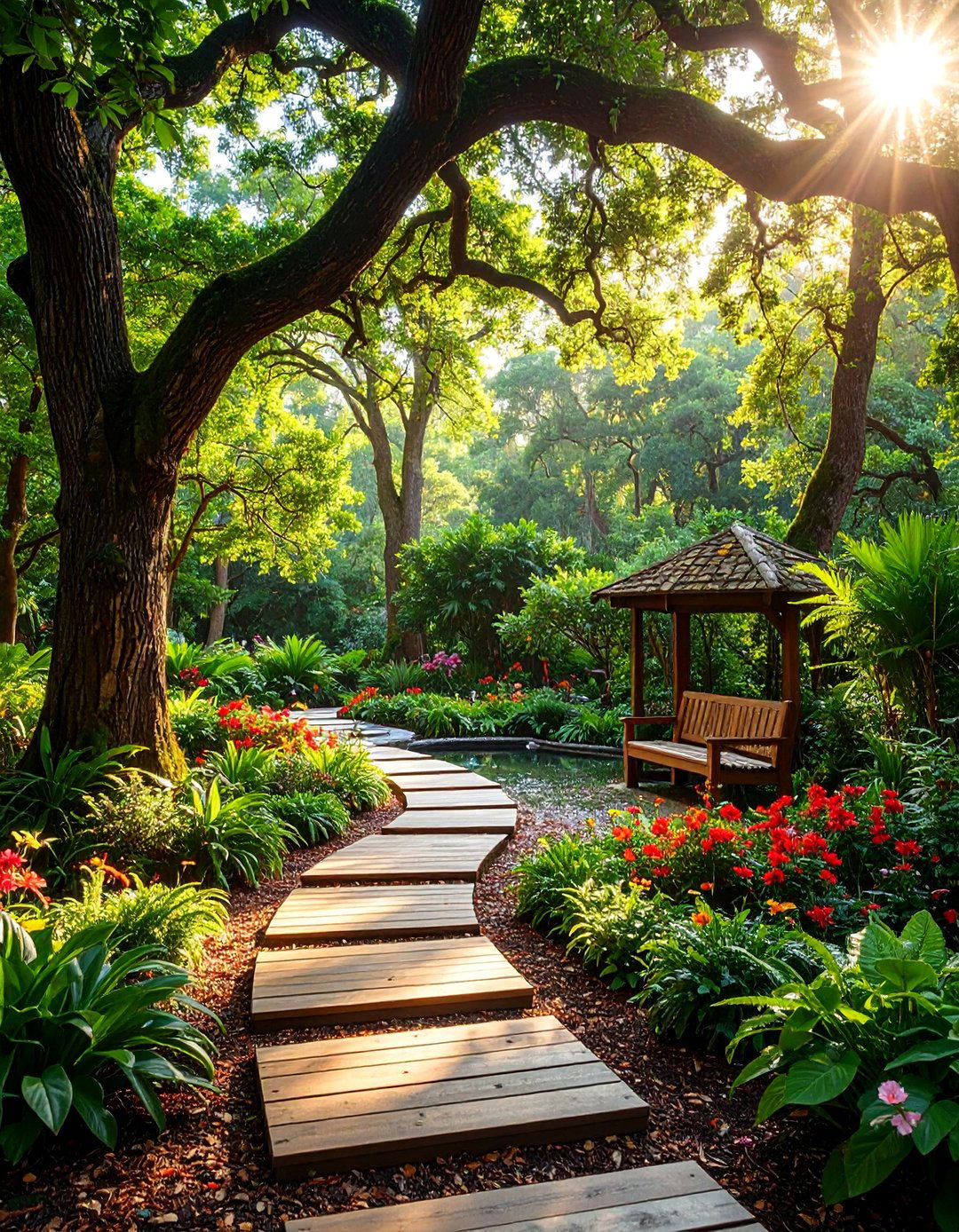
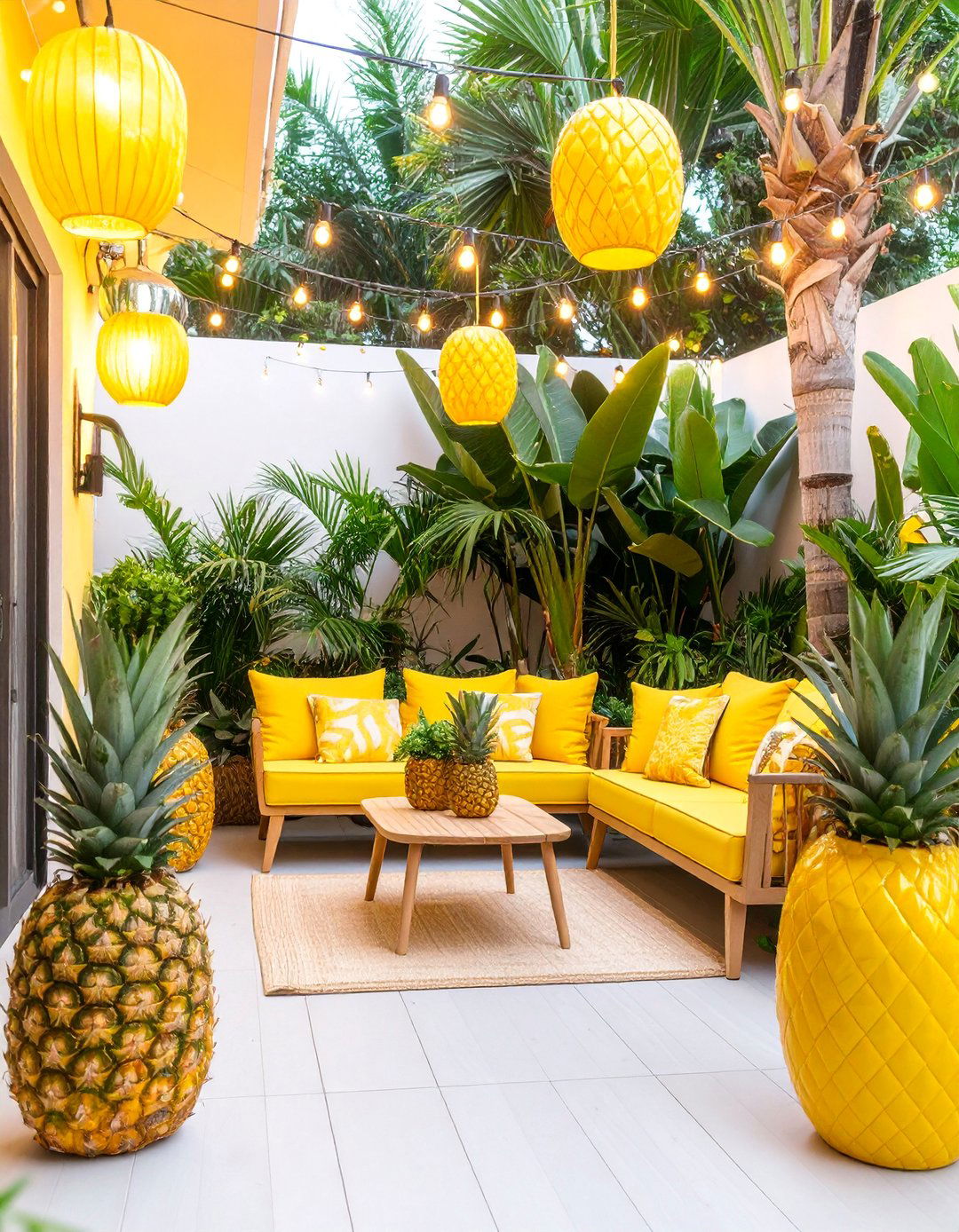
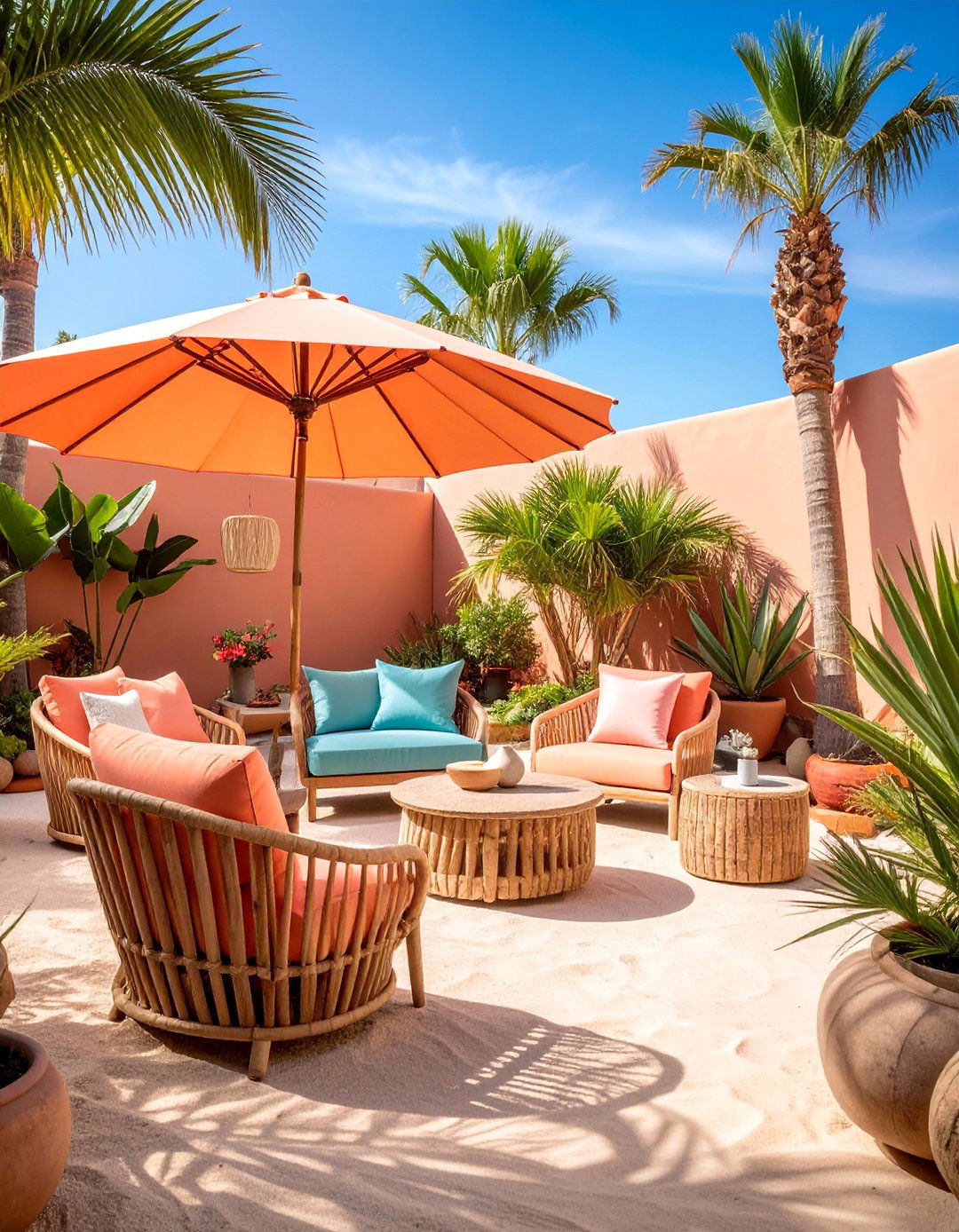
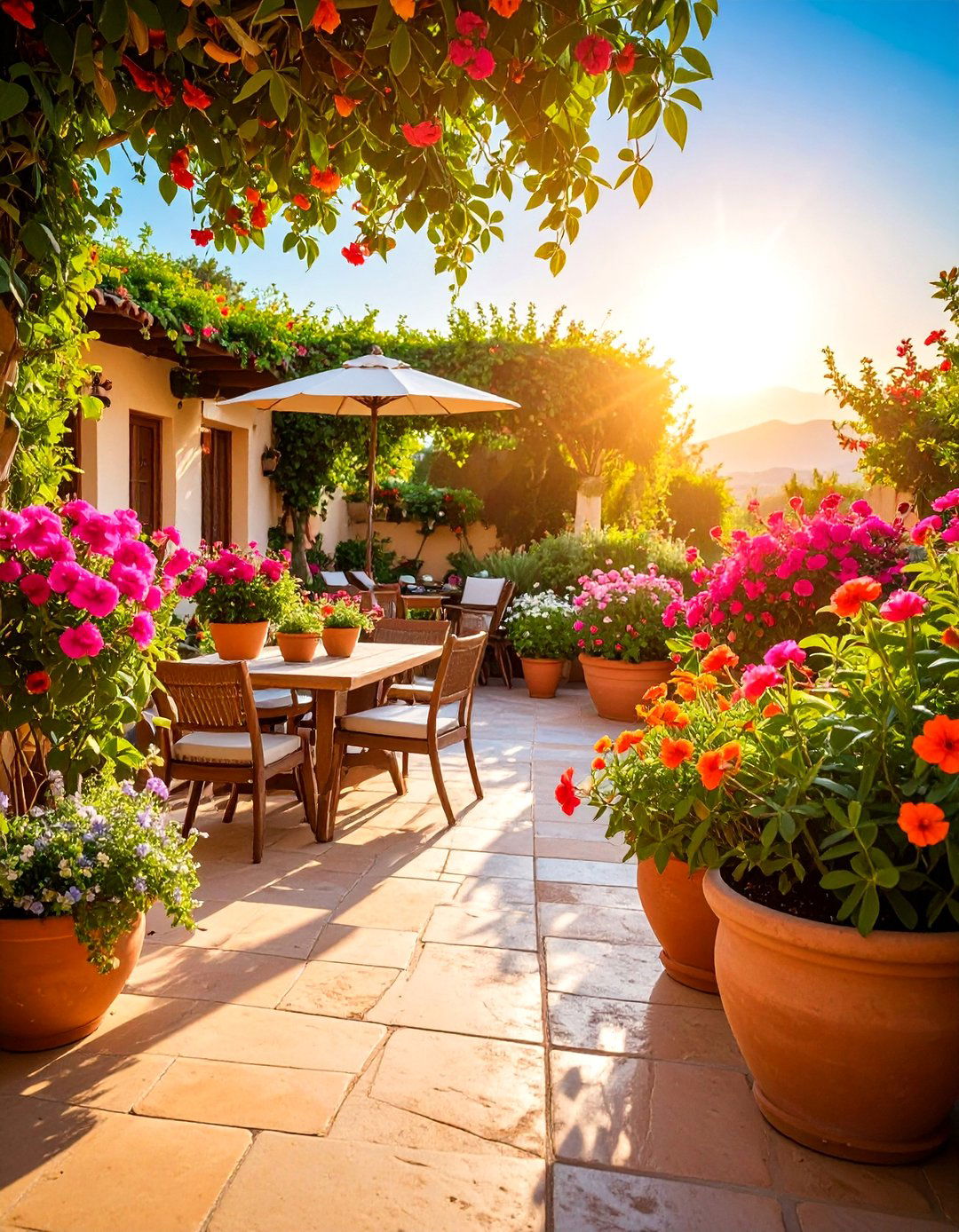

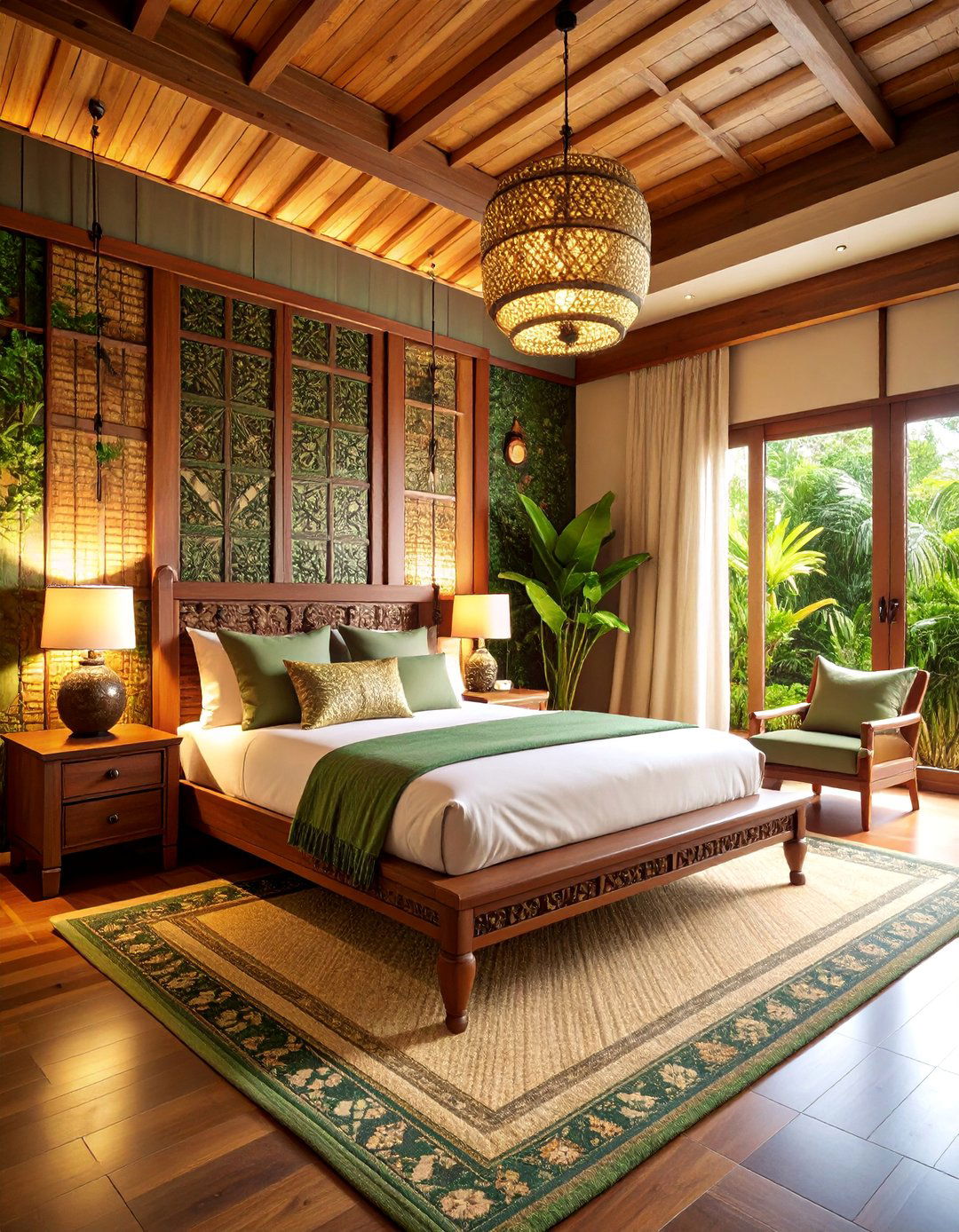

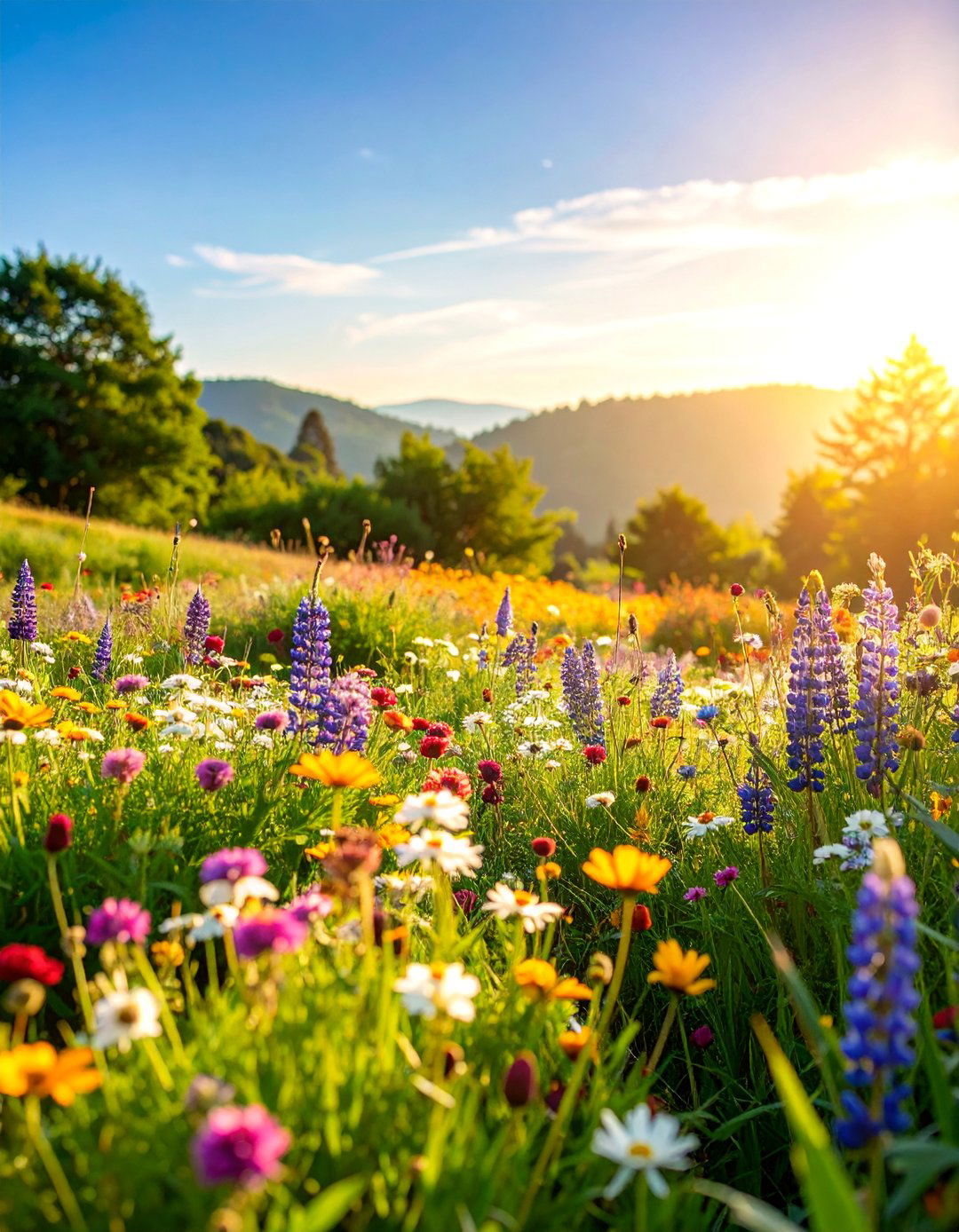
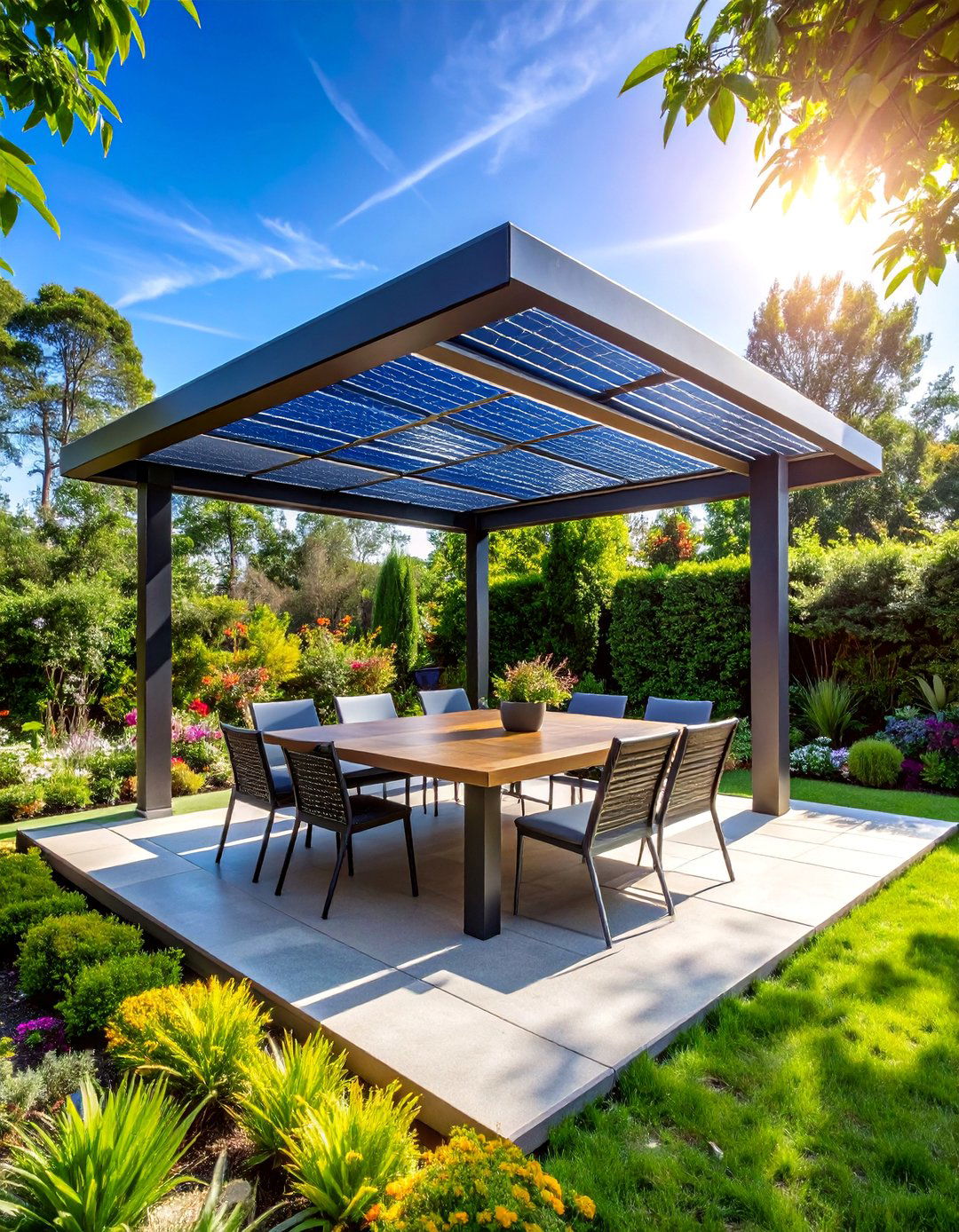
Leave a Reply